ACRE Exhibitions
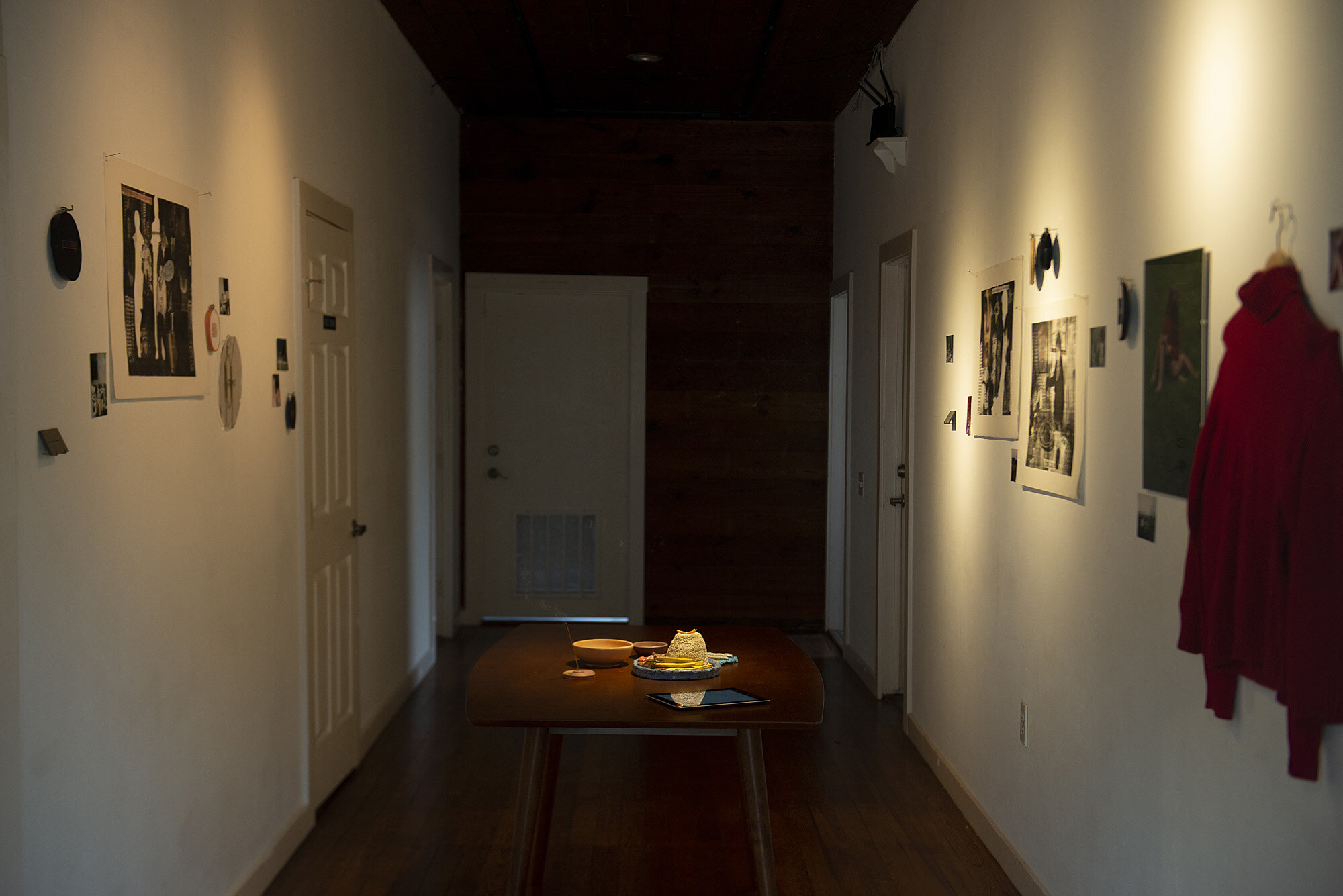
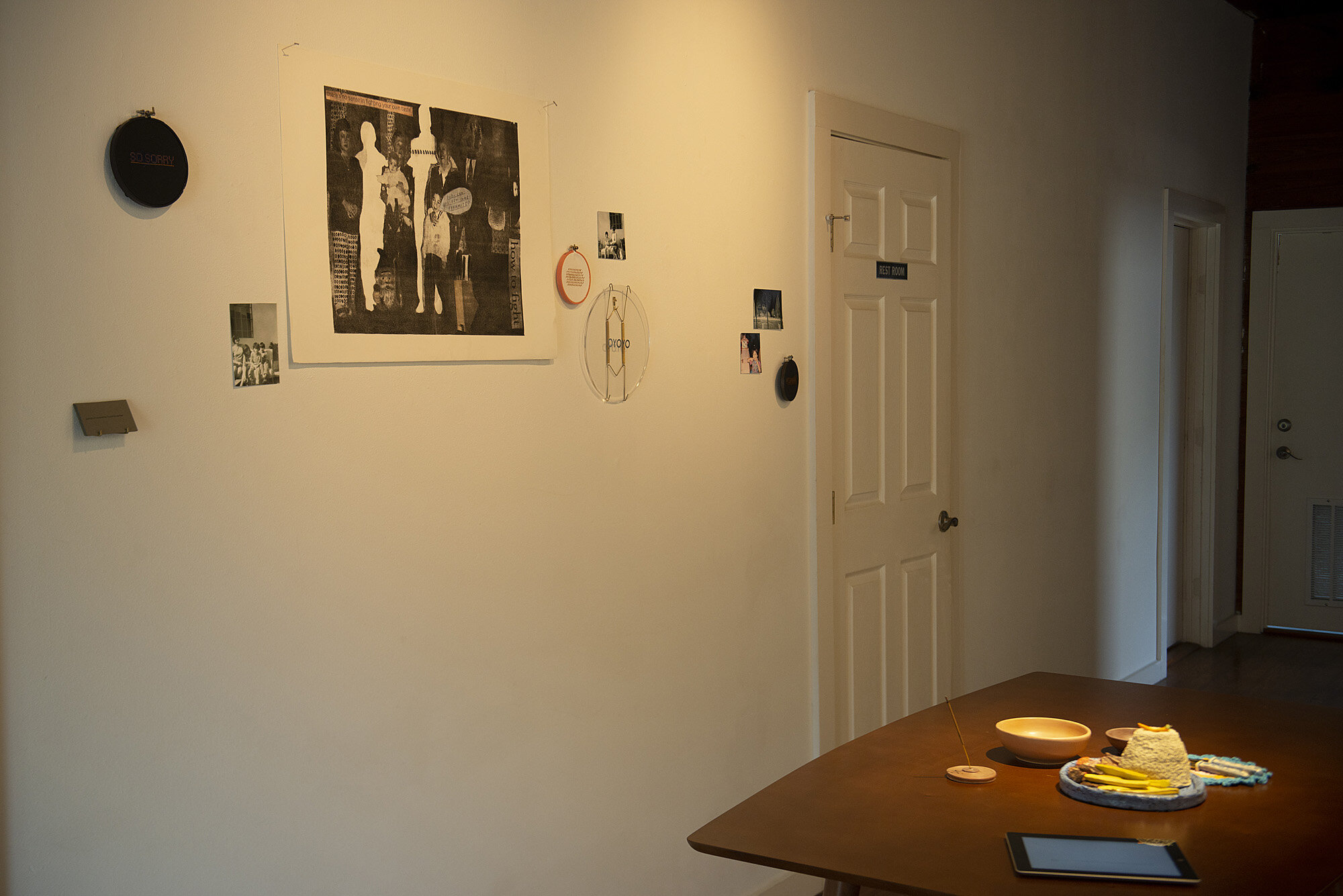
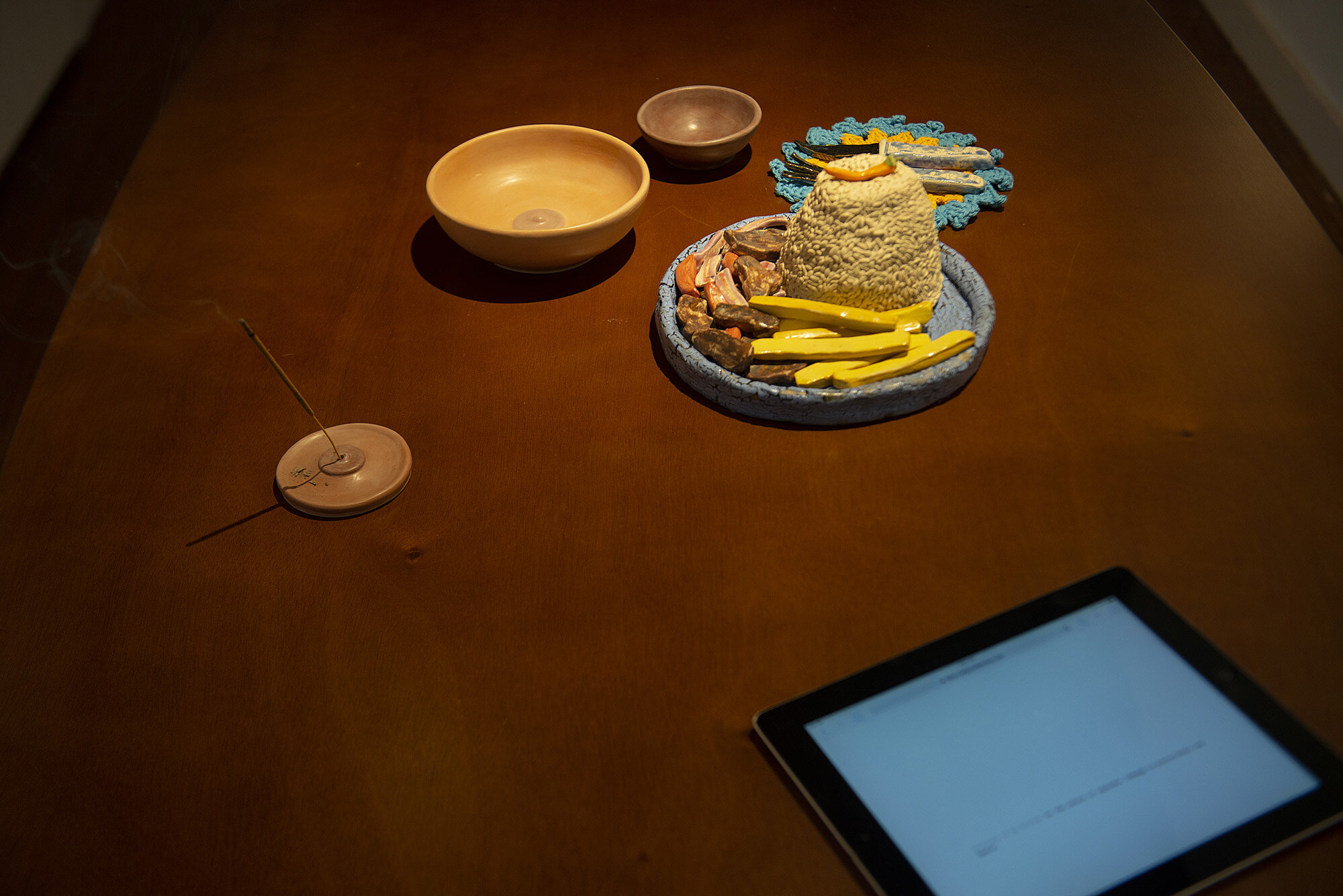
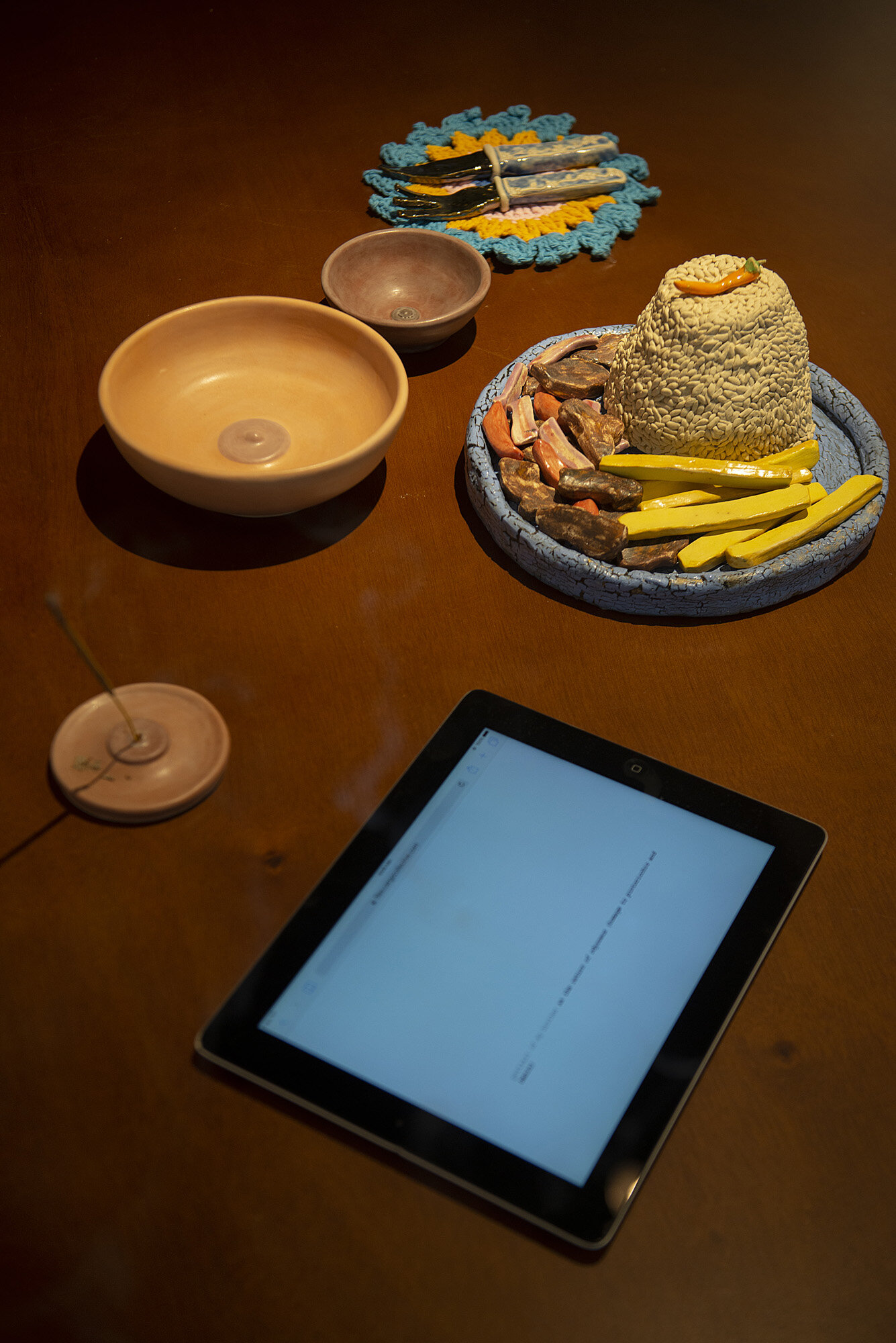
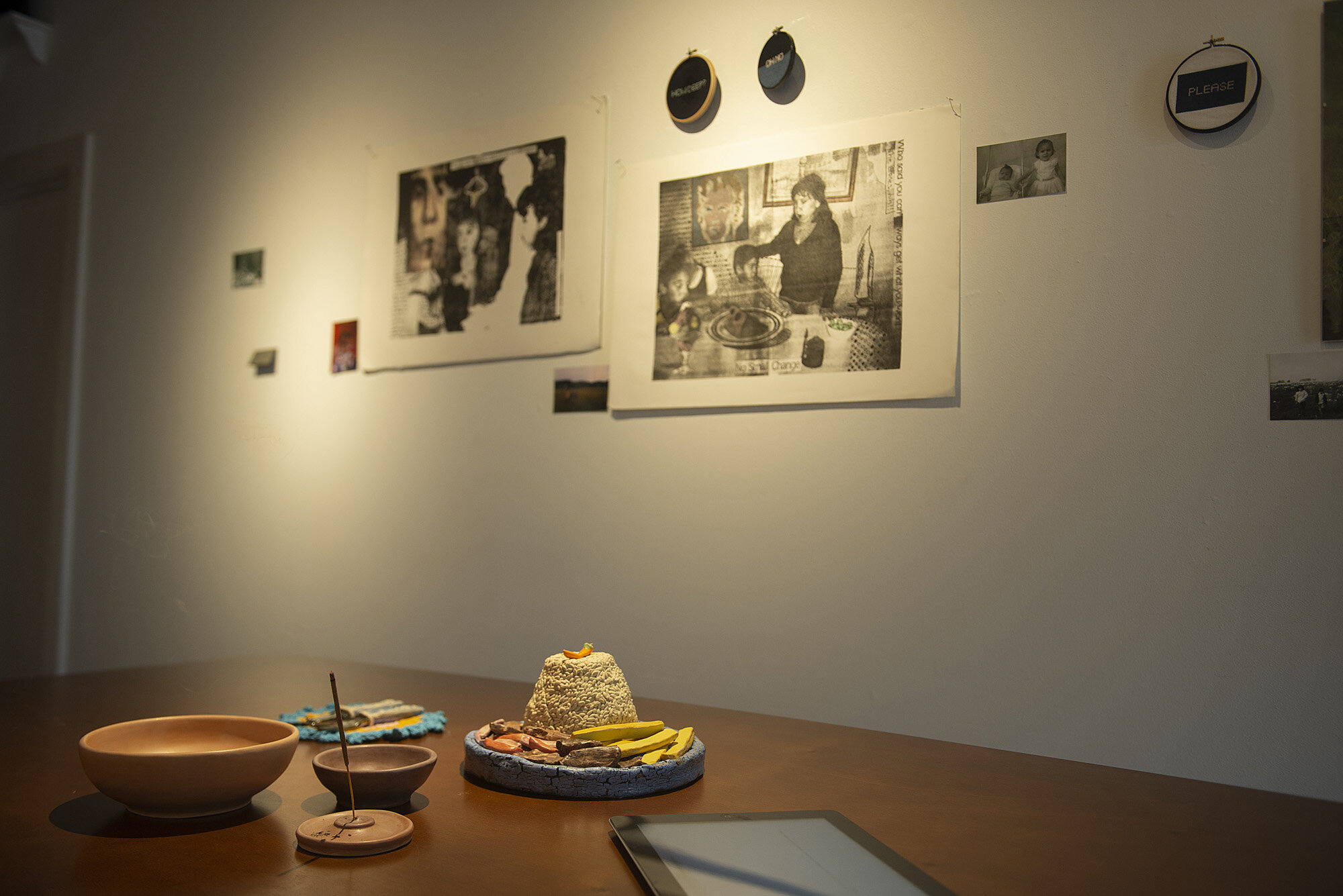
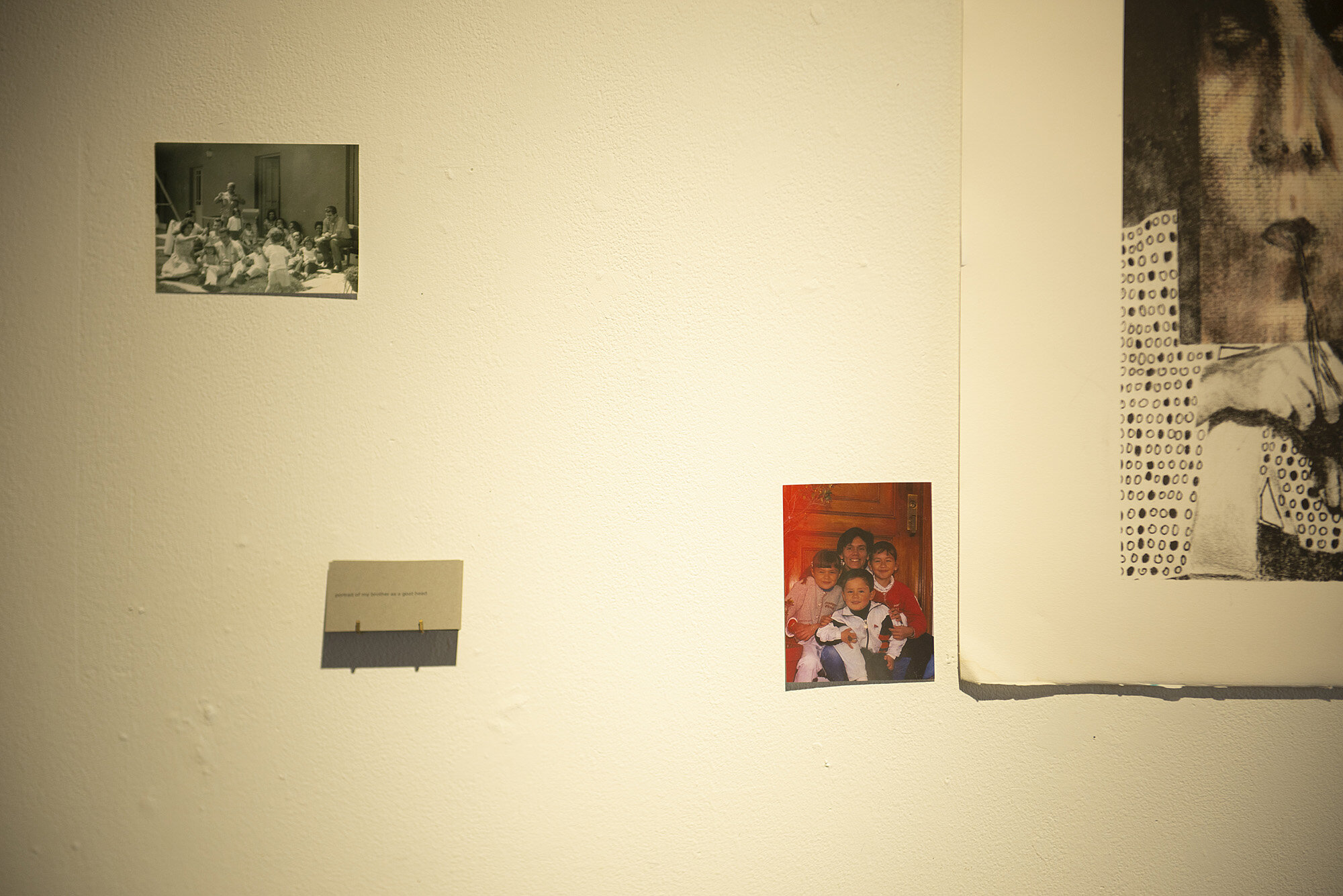
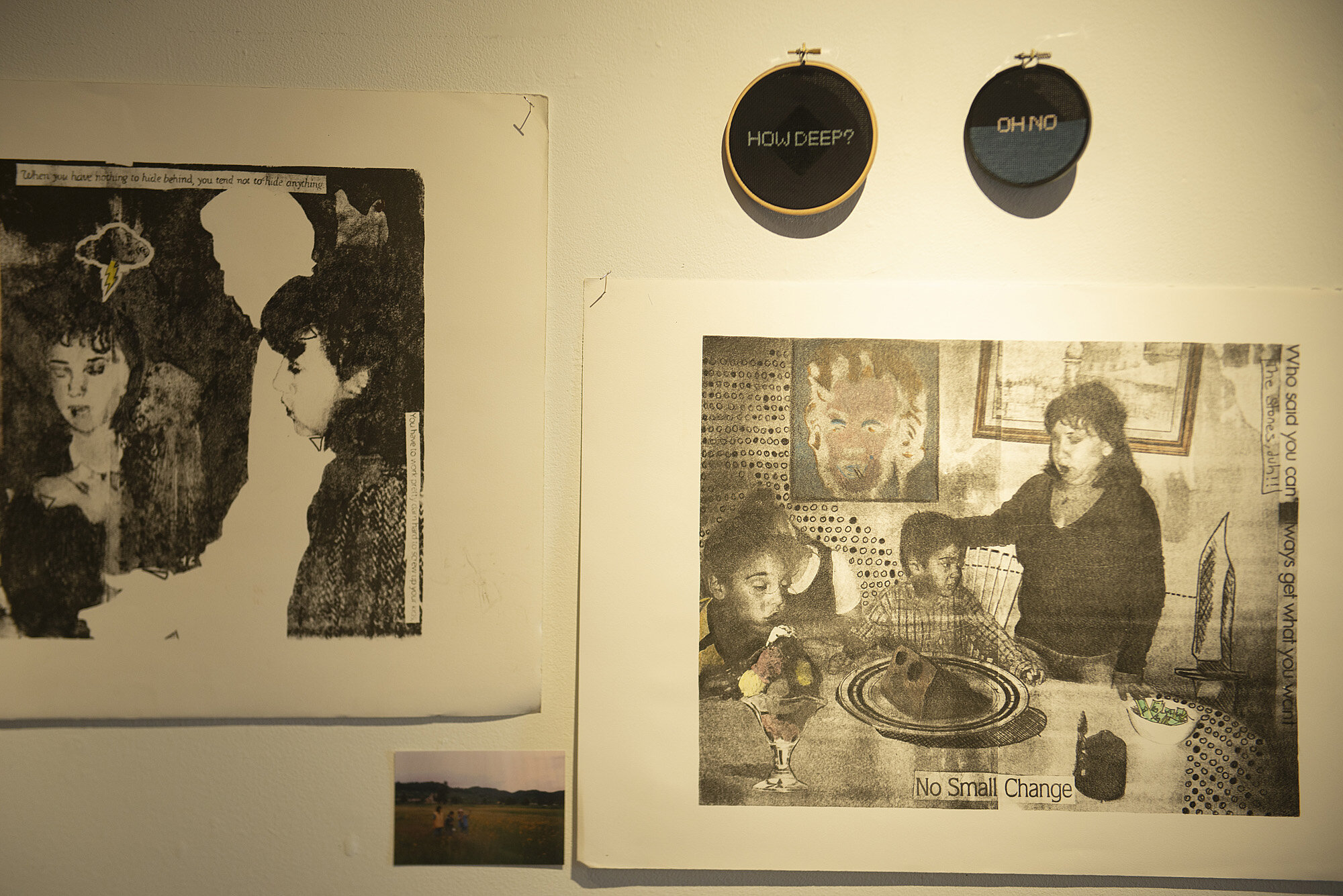
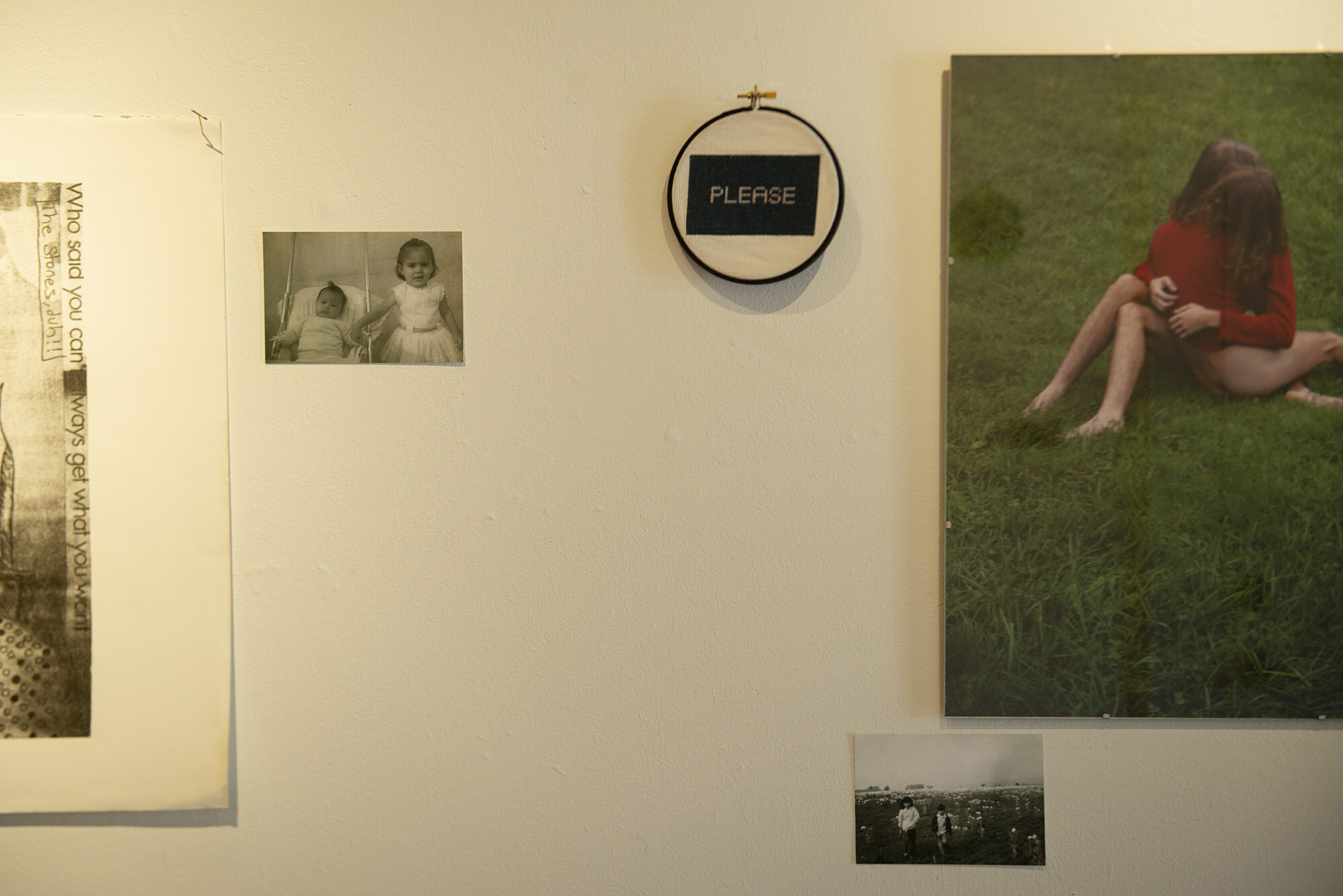
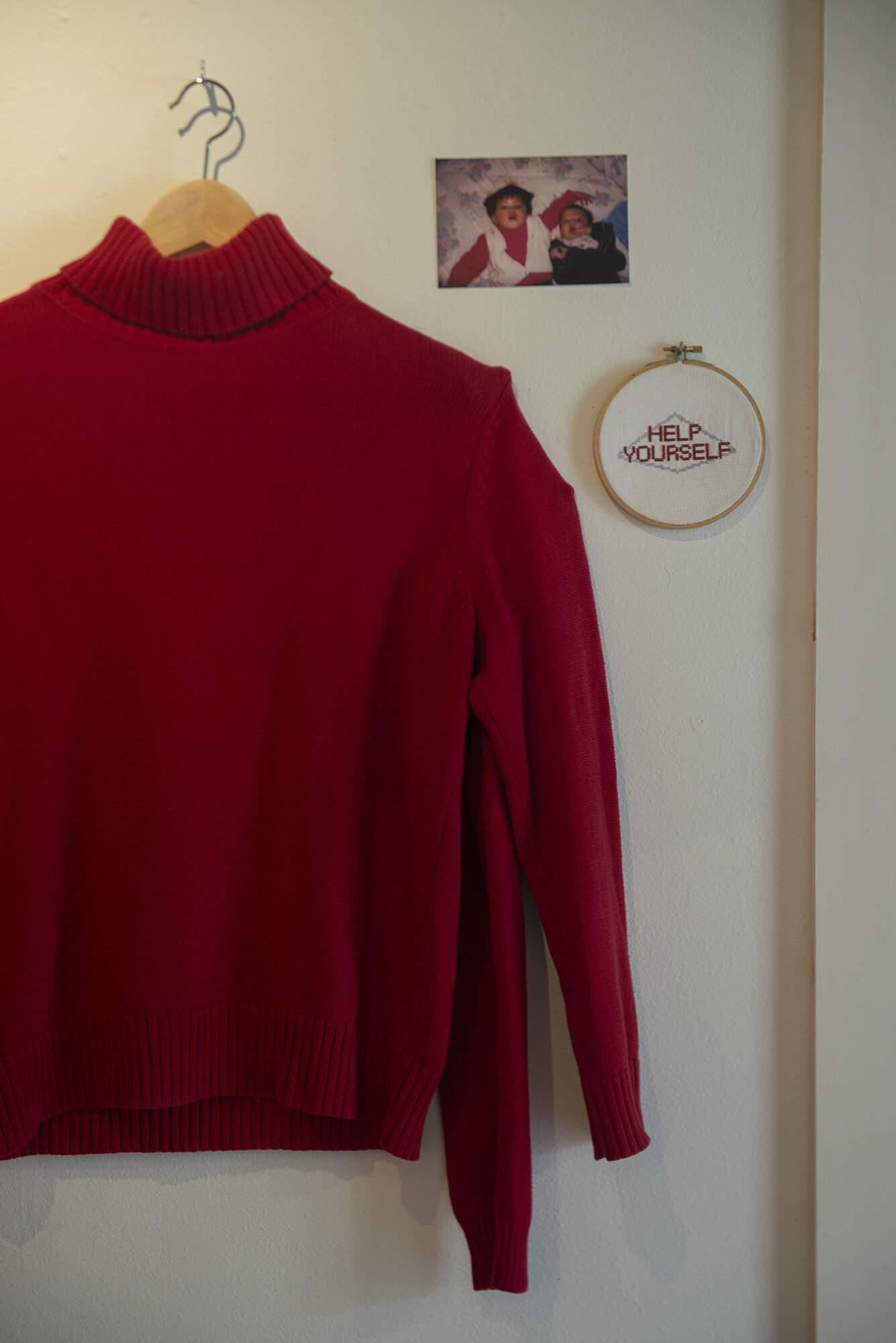
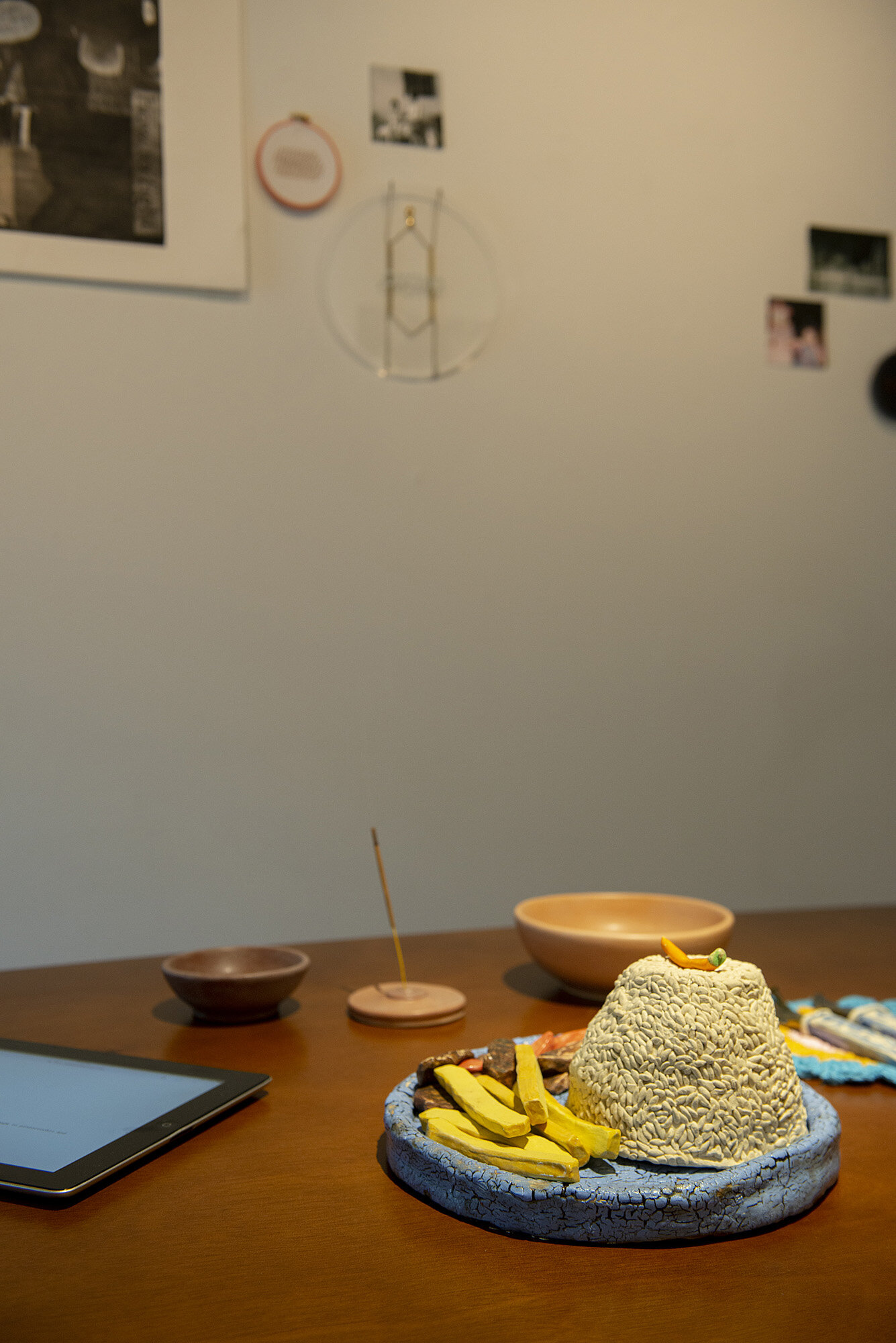
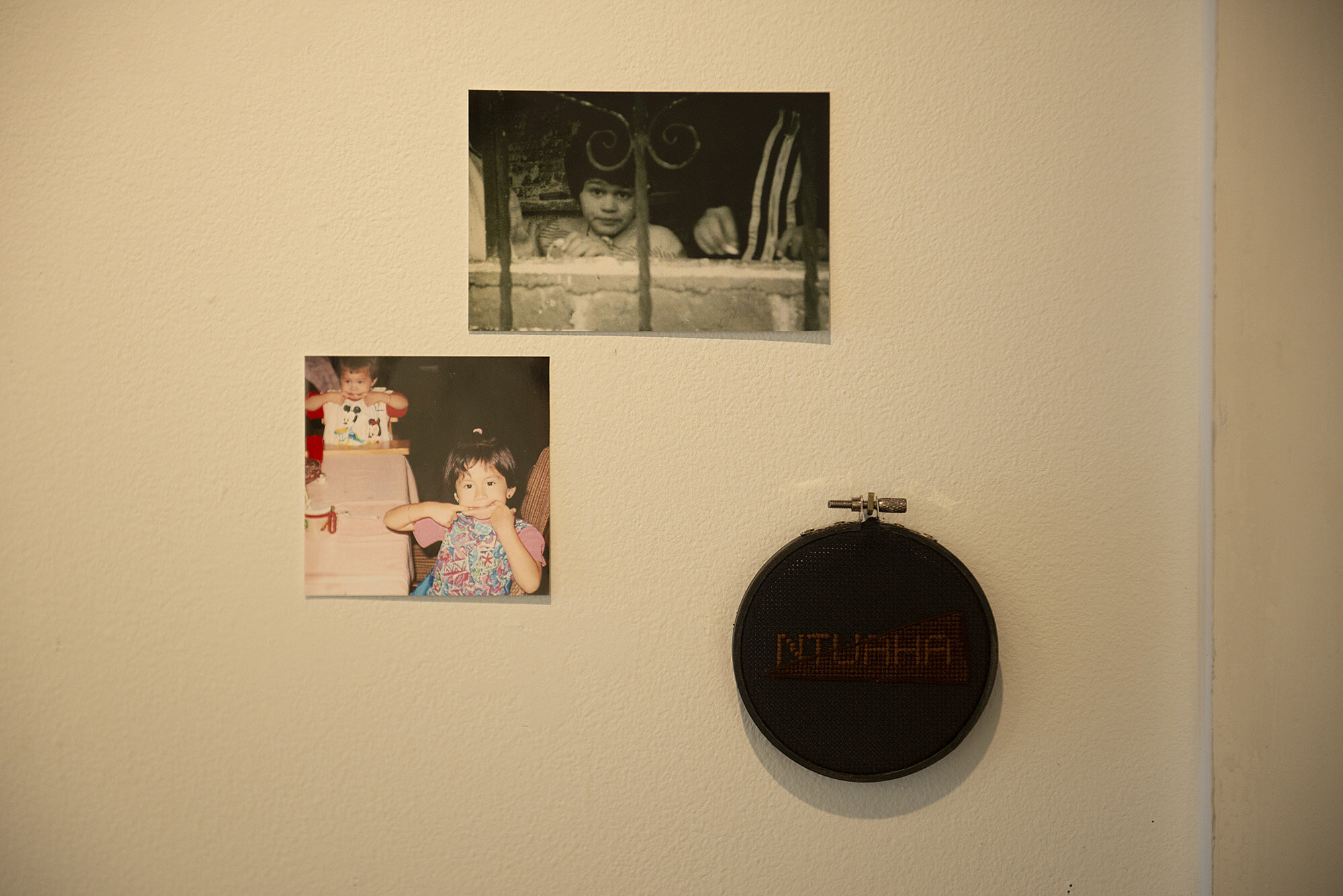
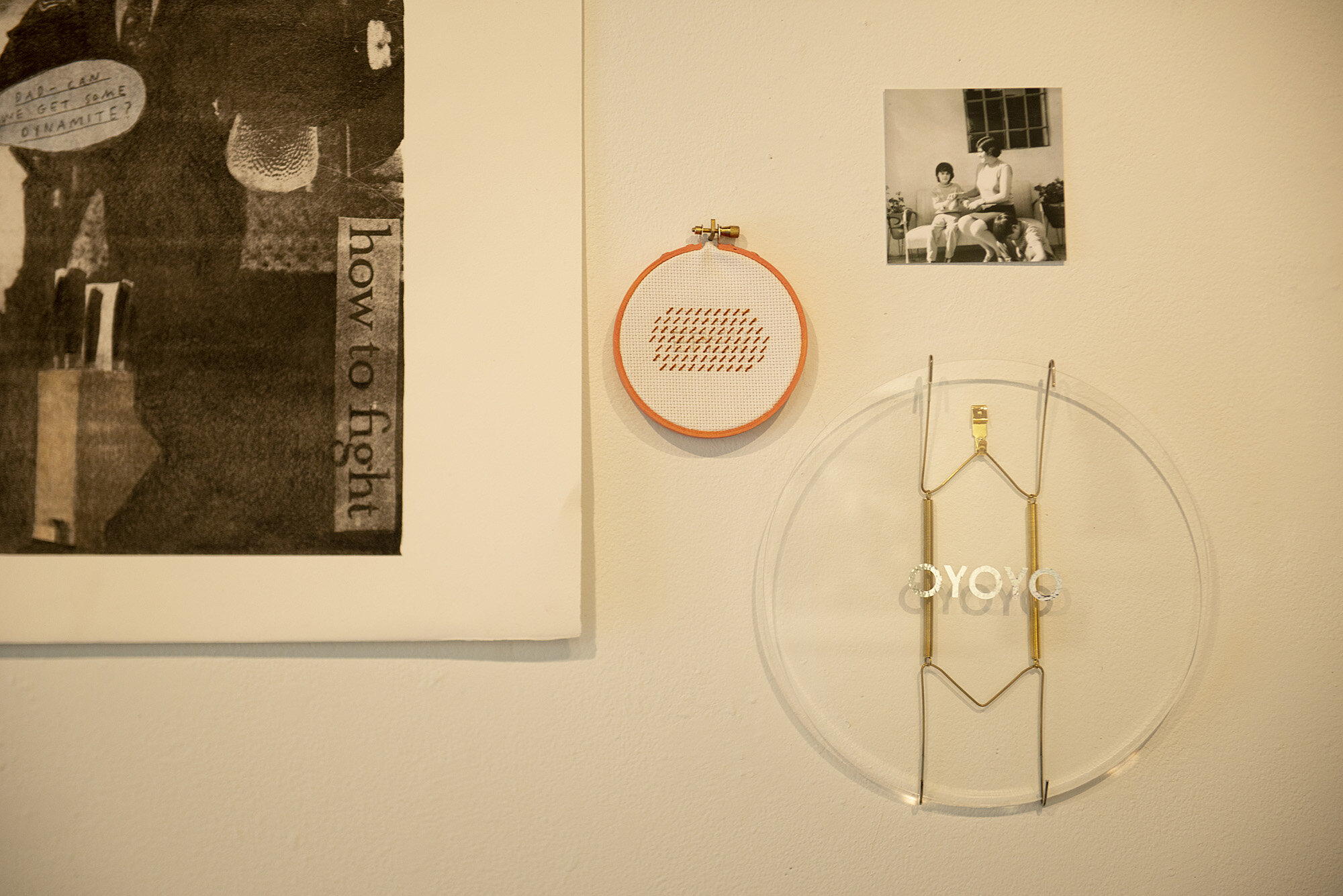
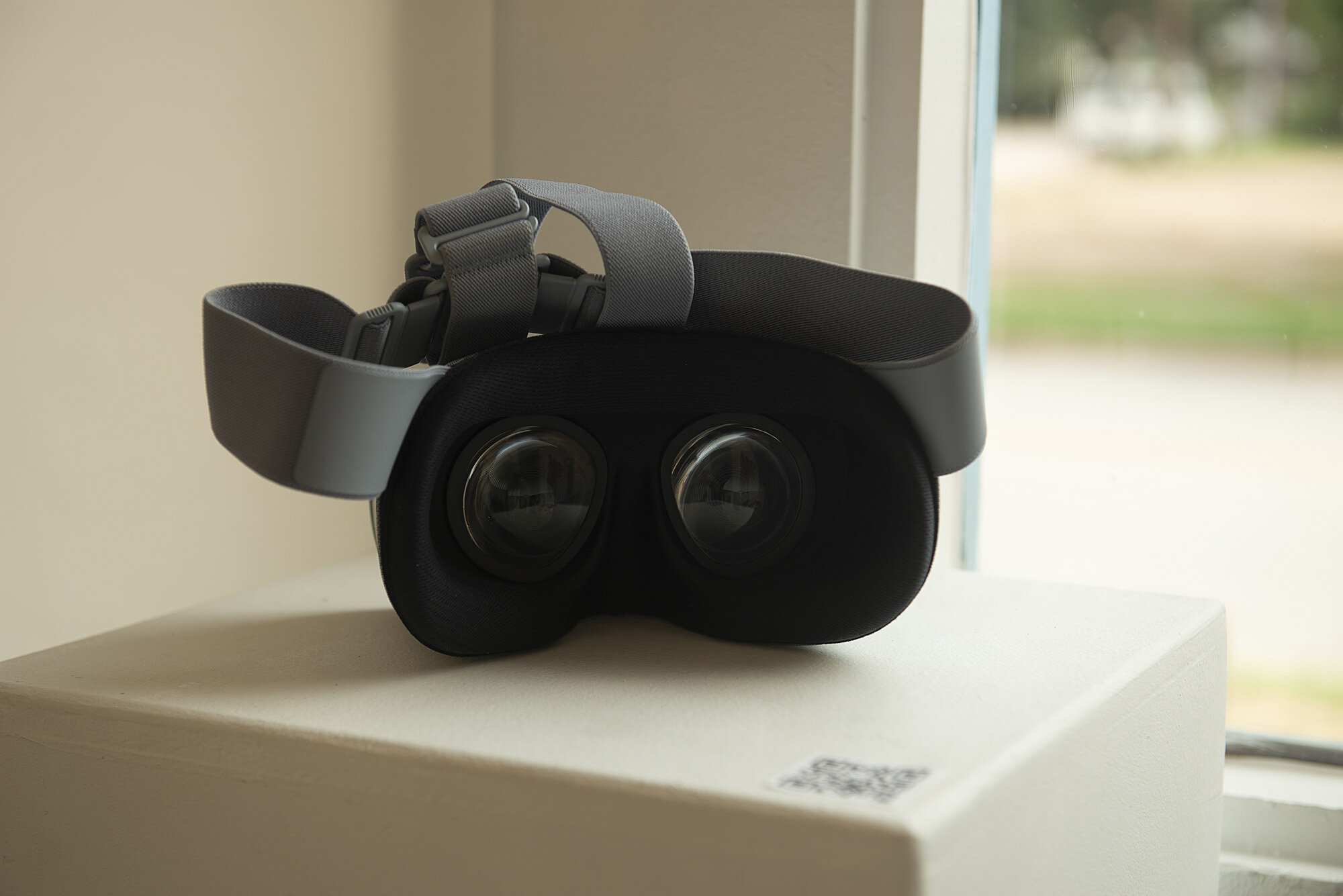
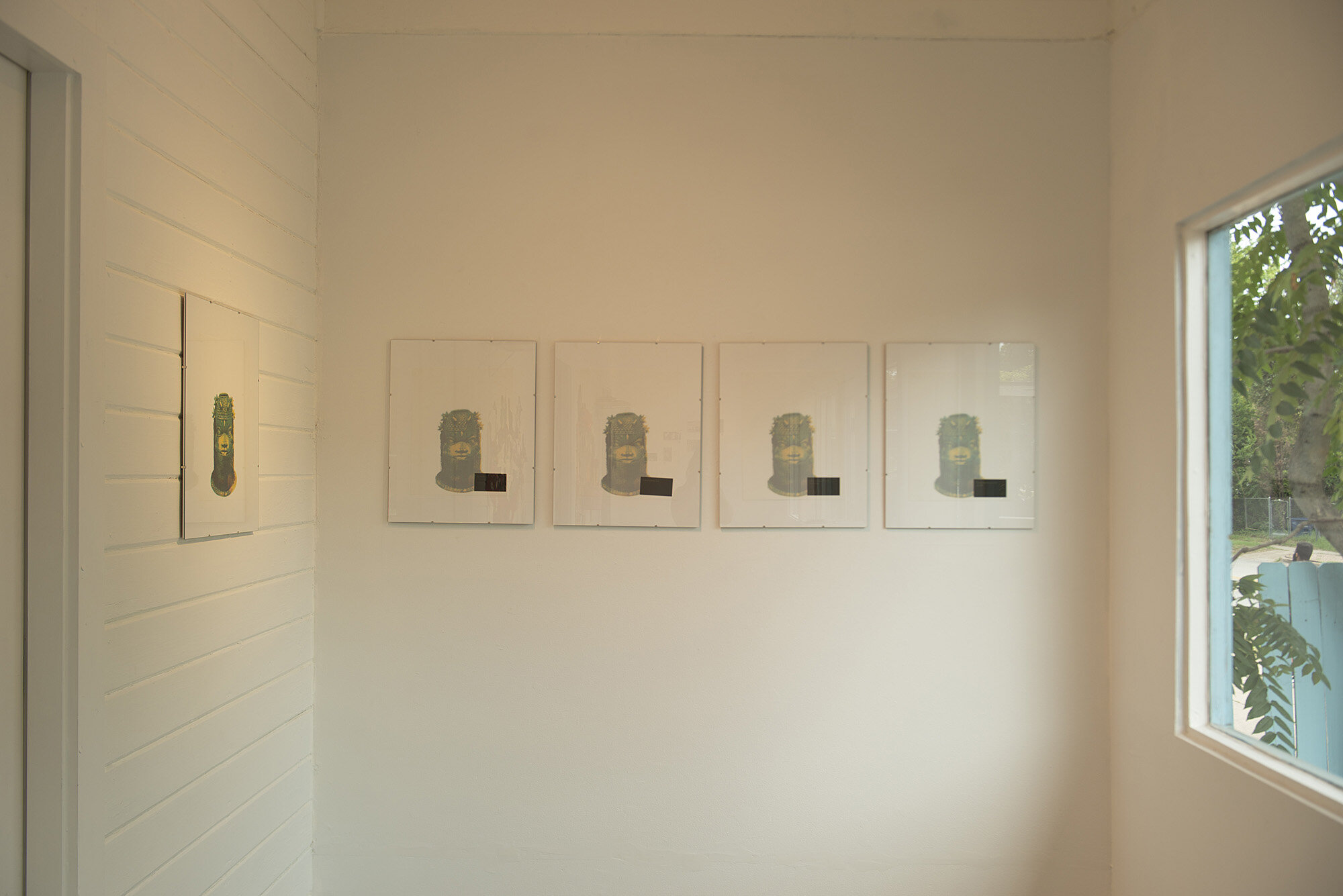
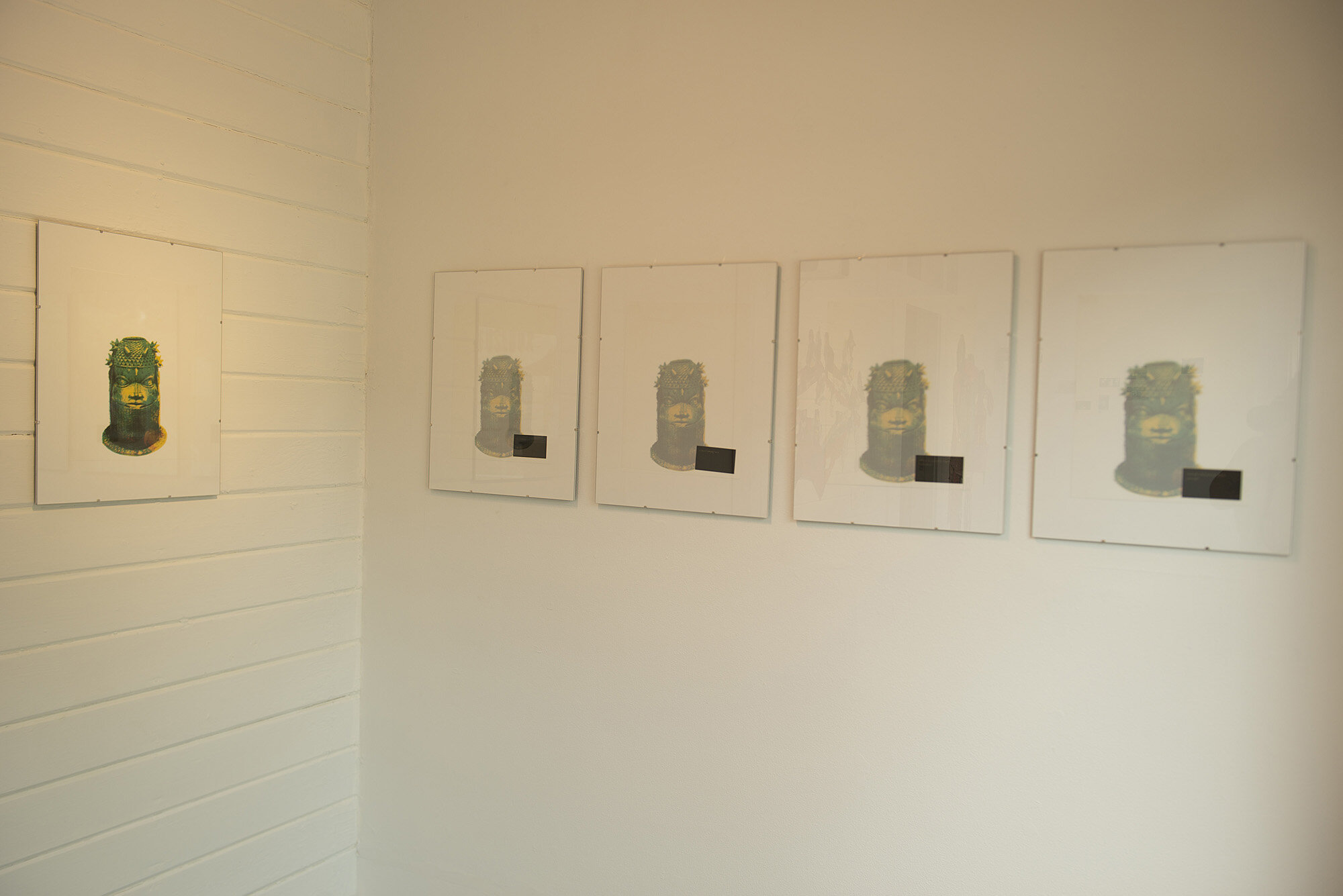
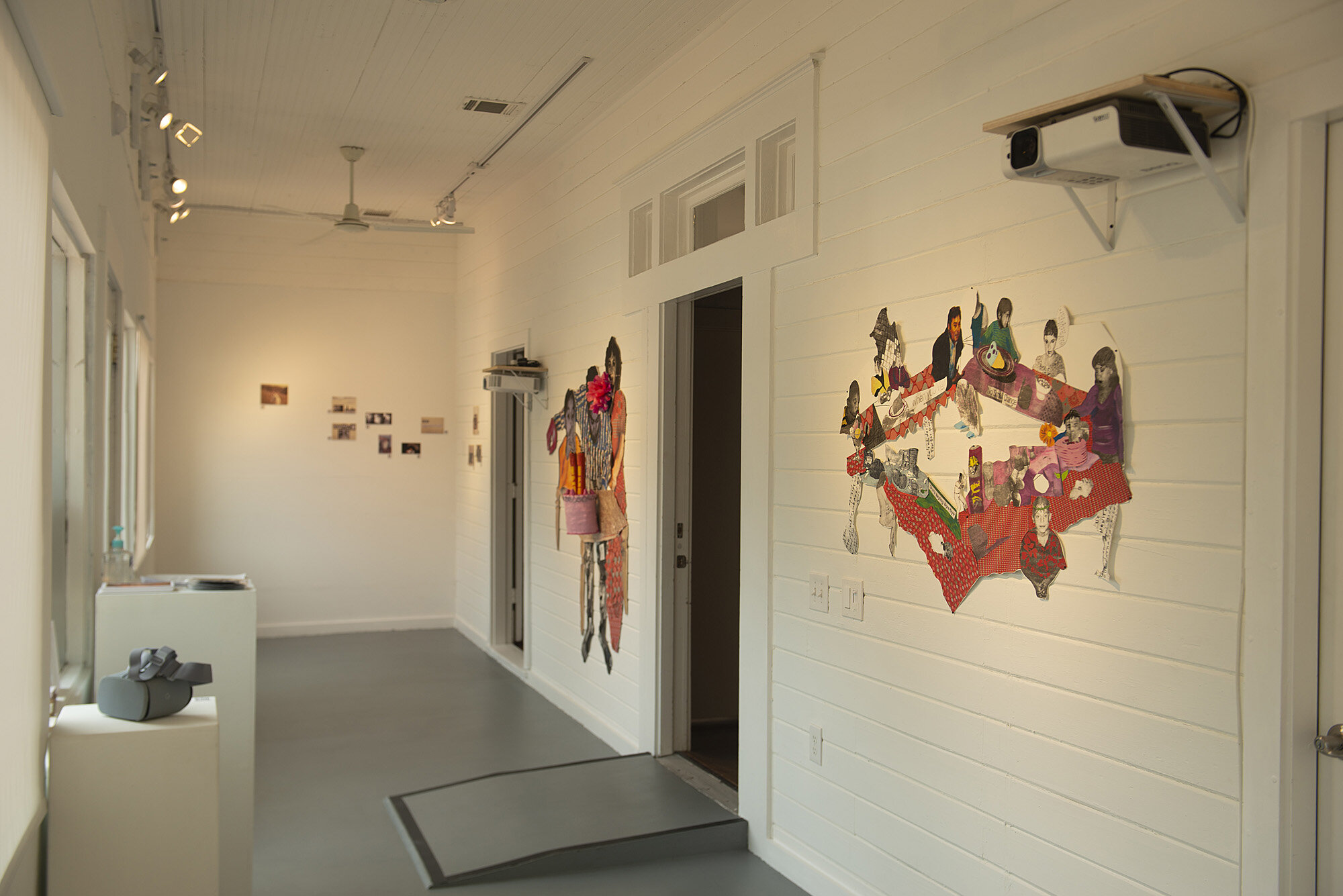
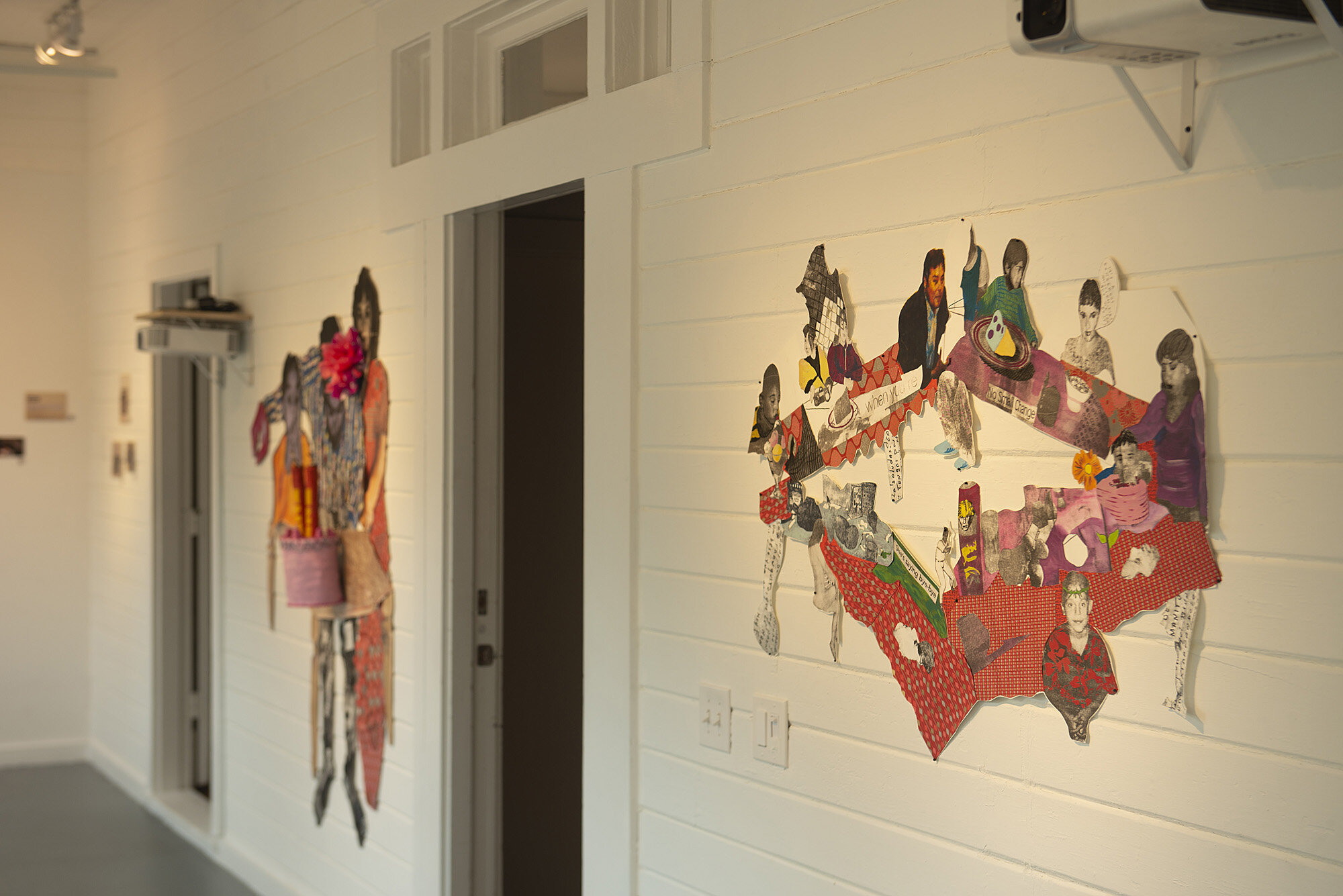
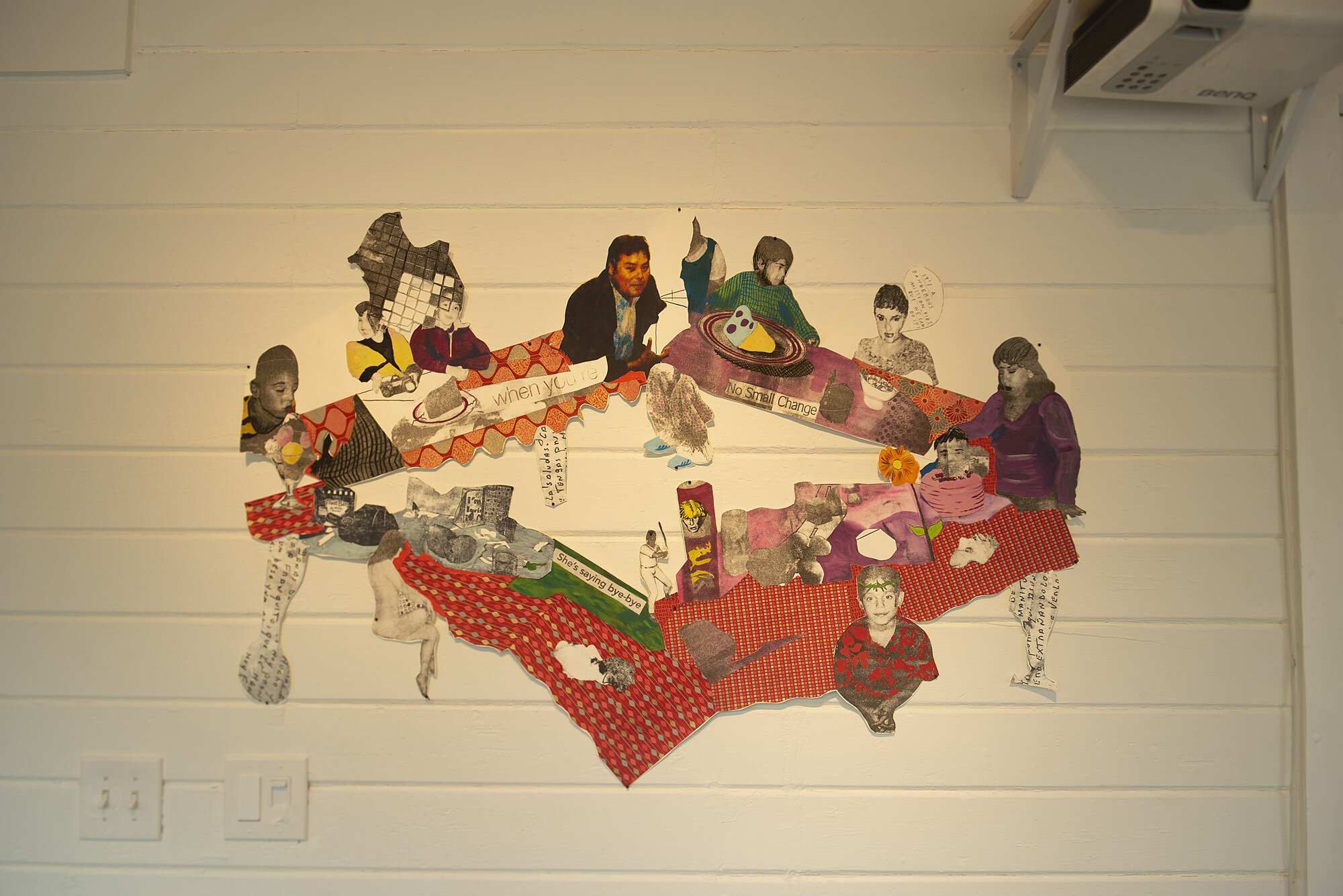
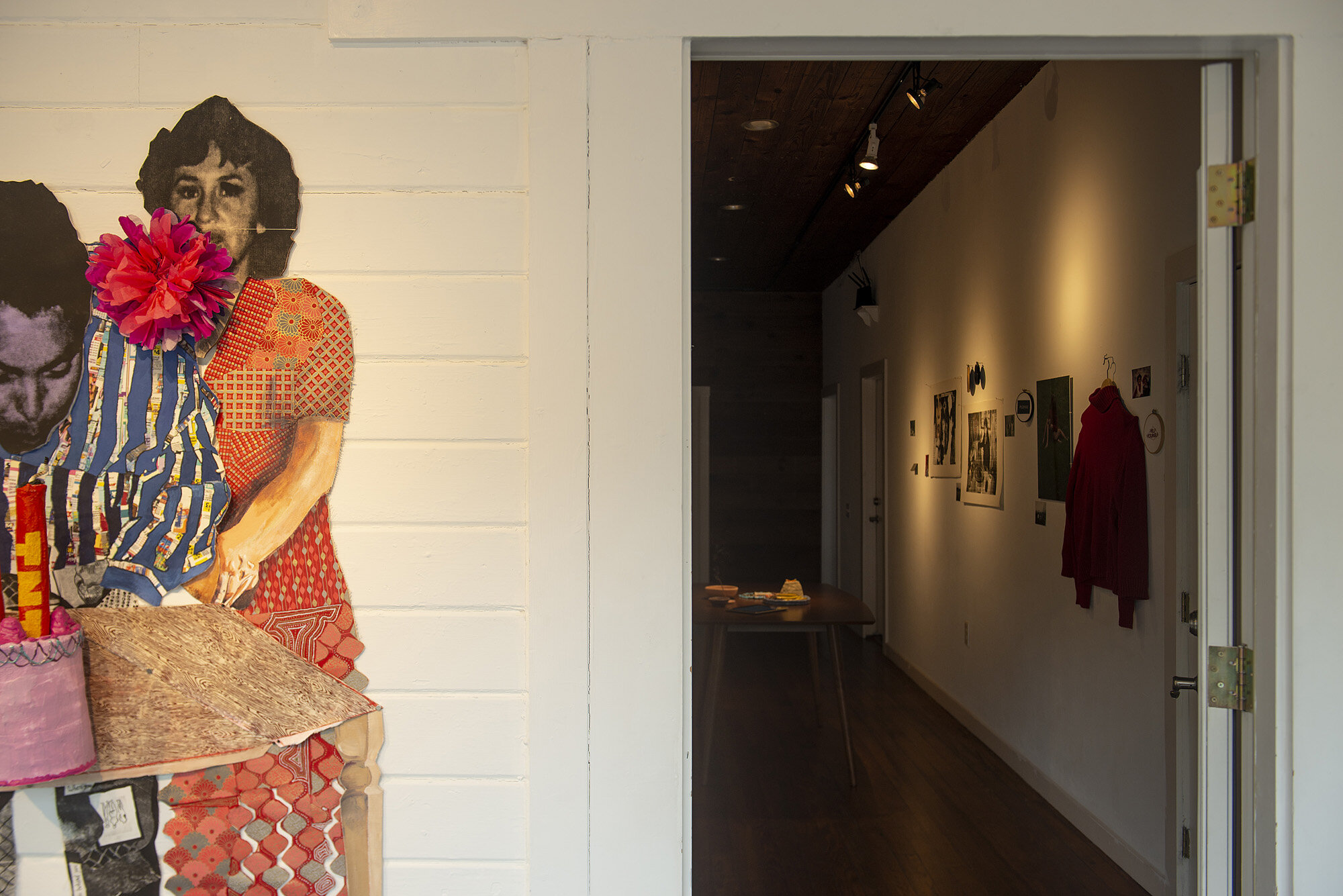
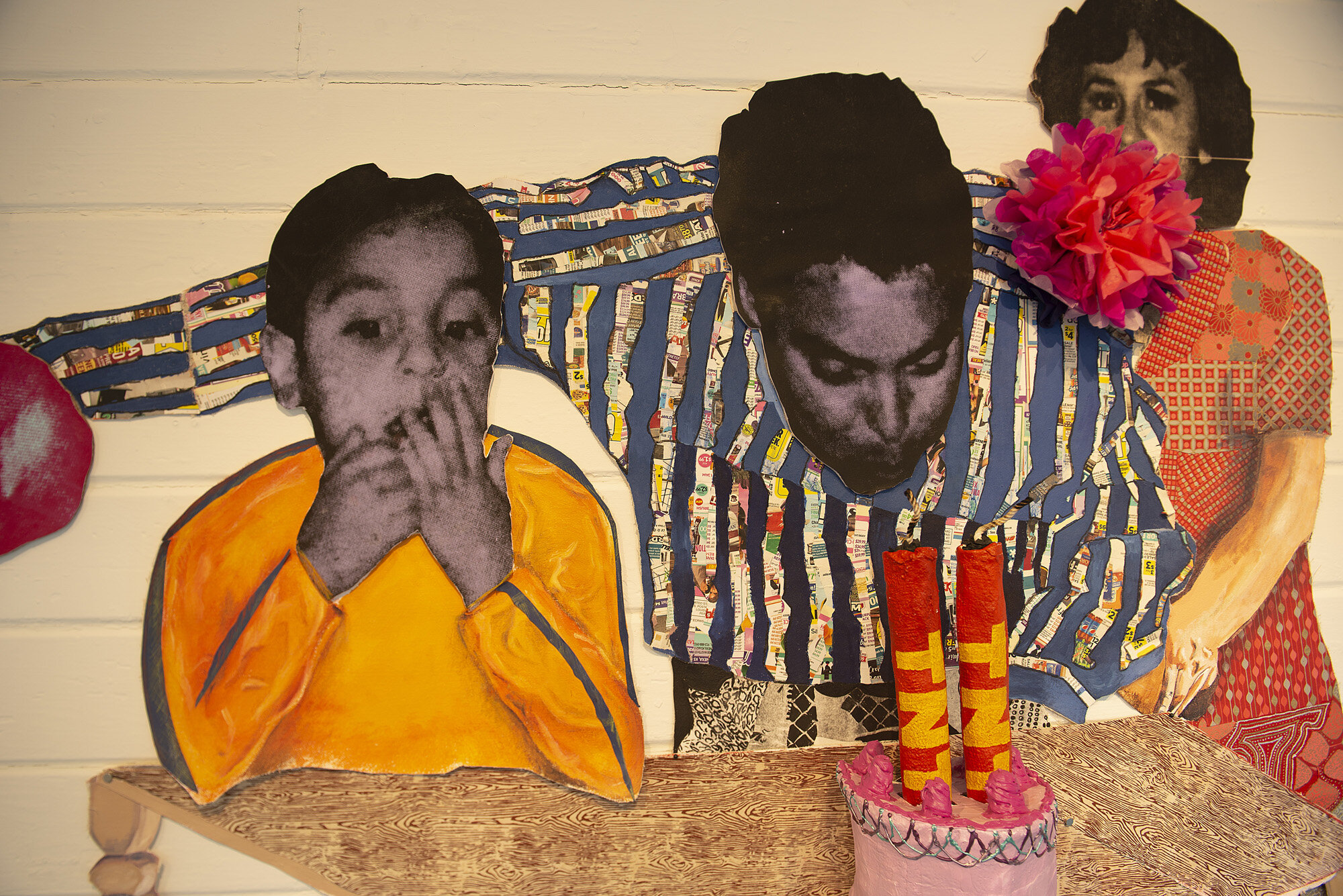
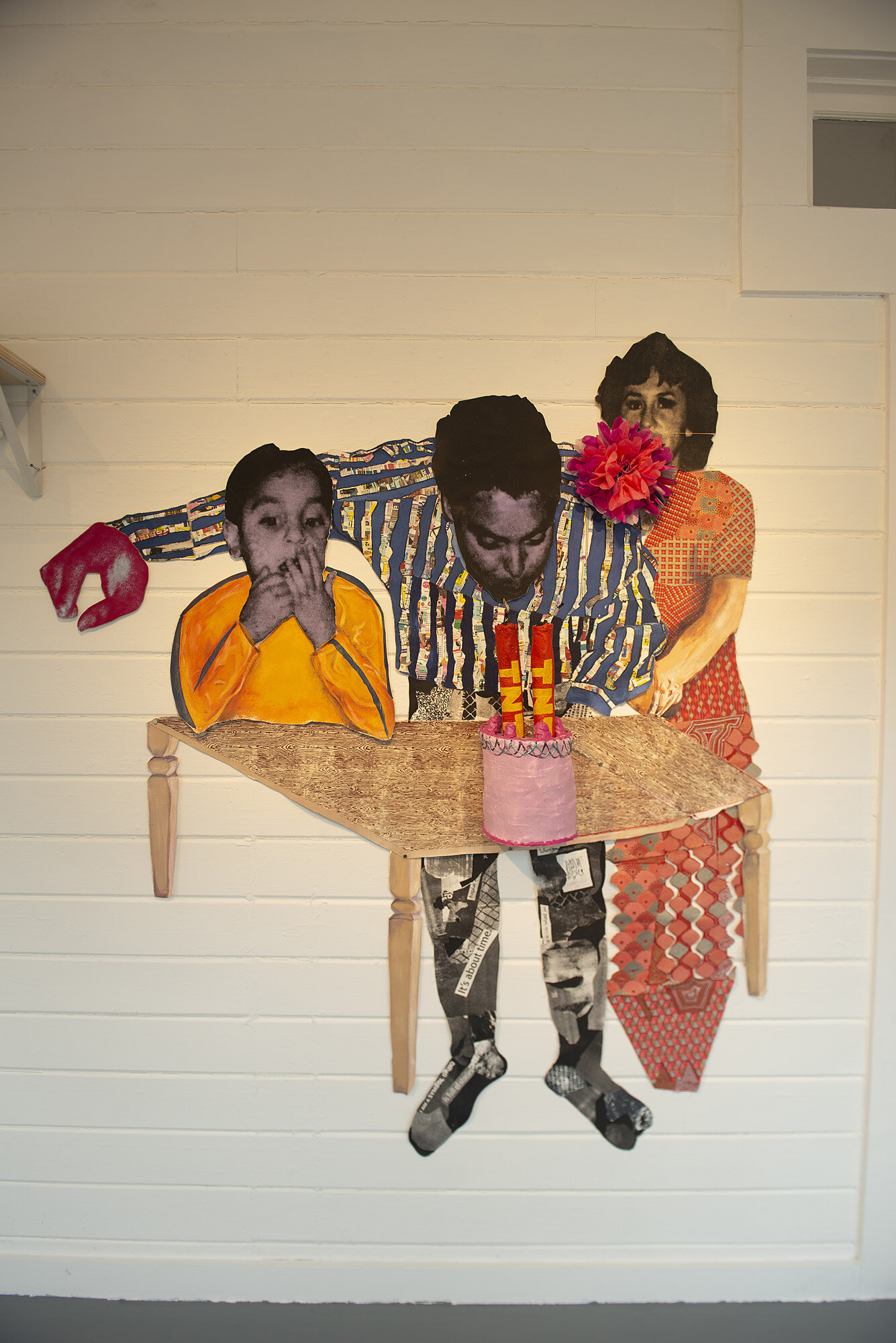
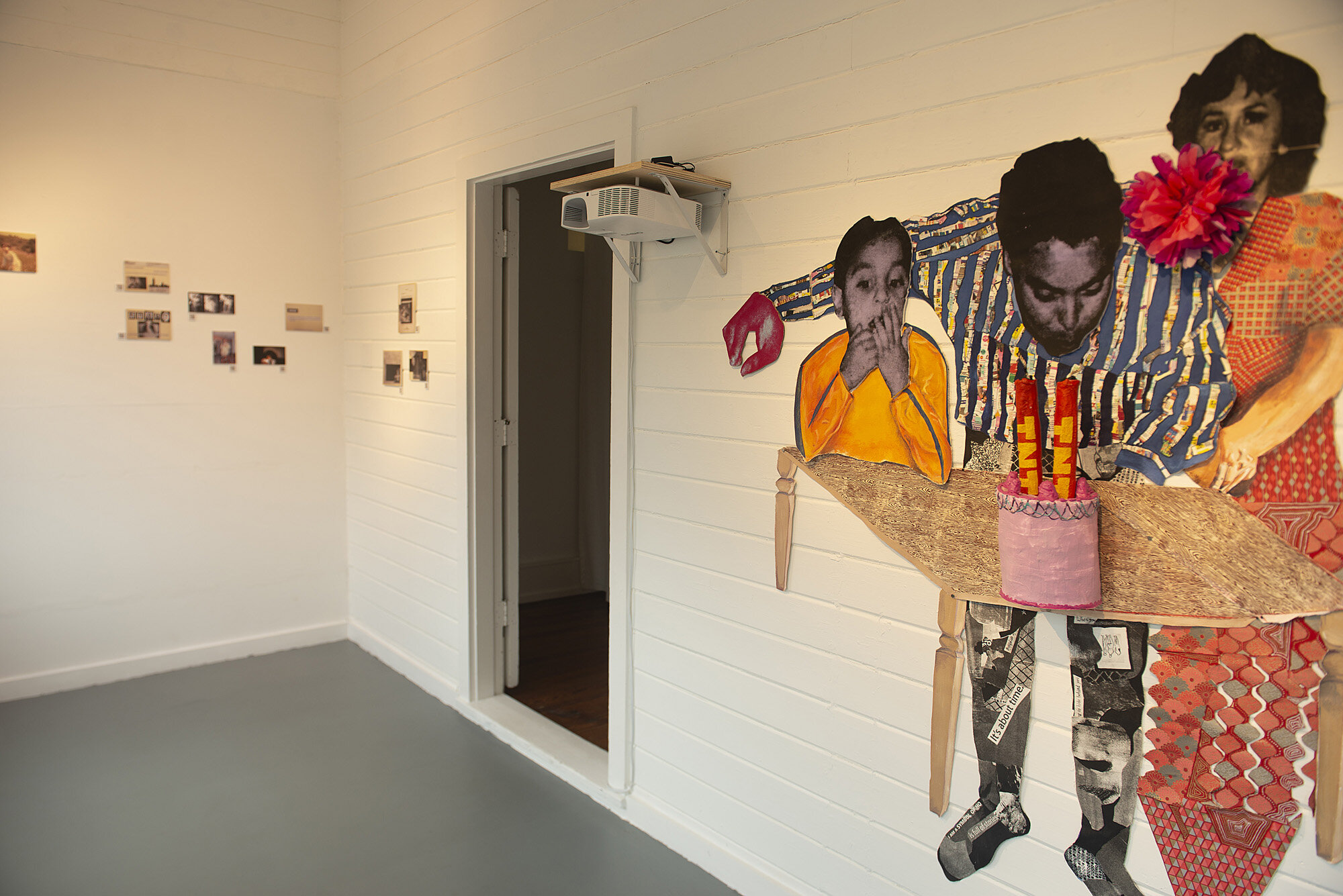
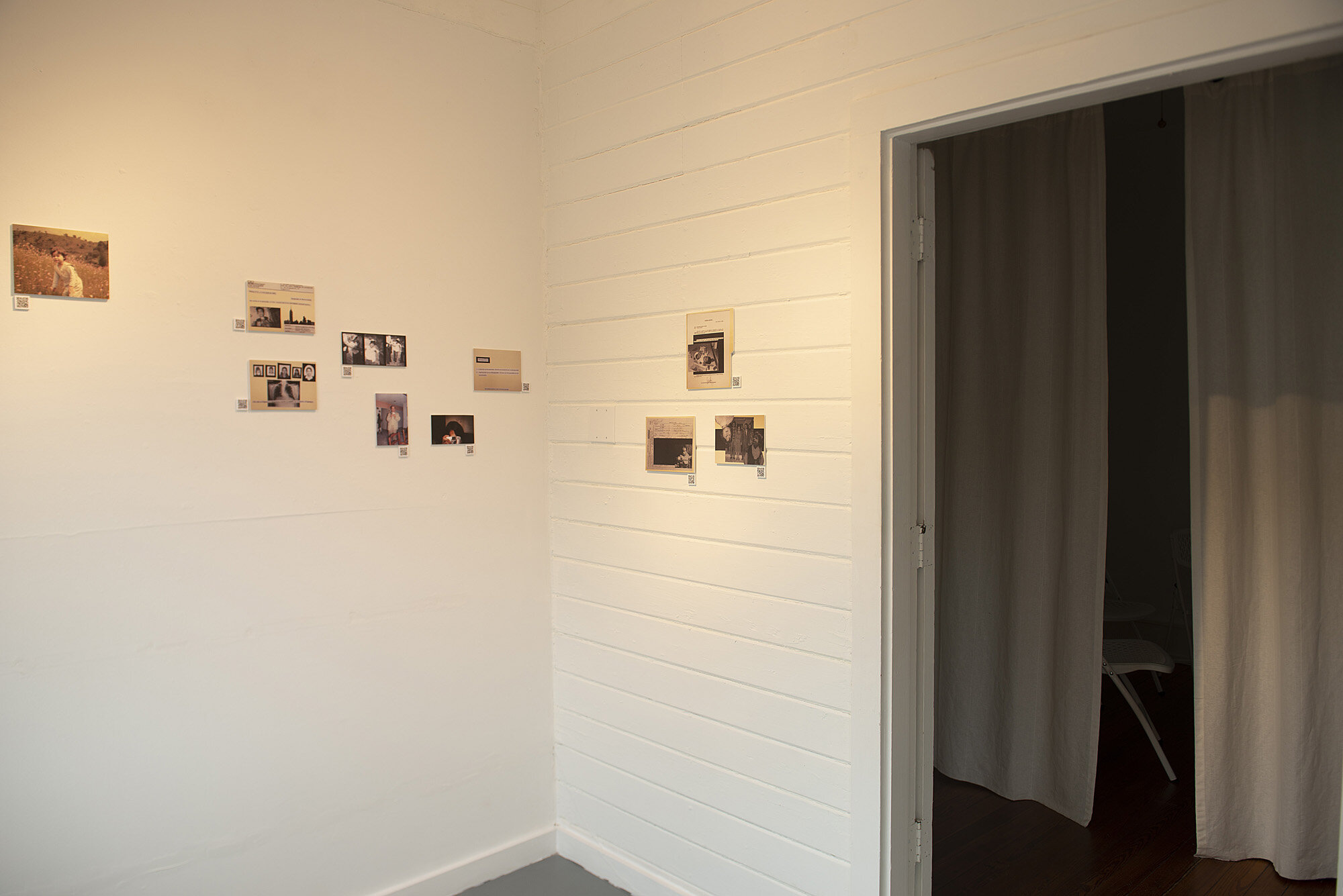
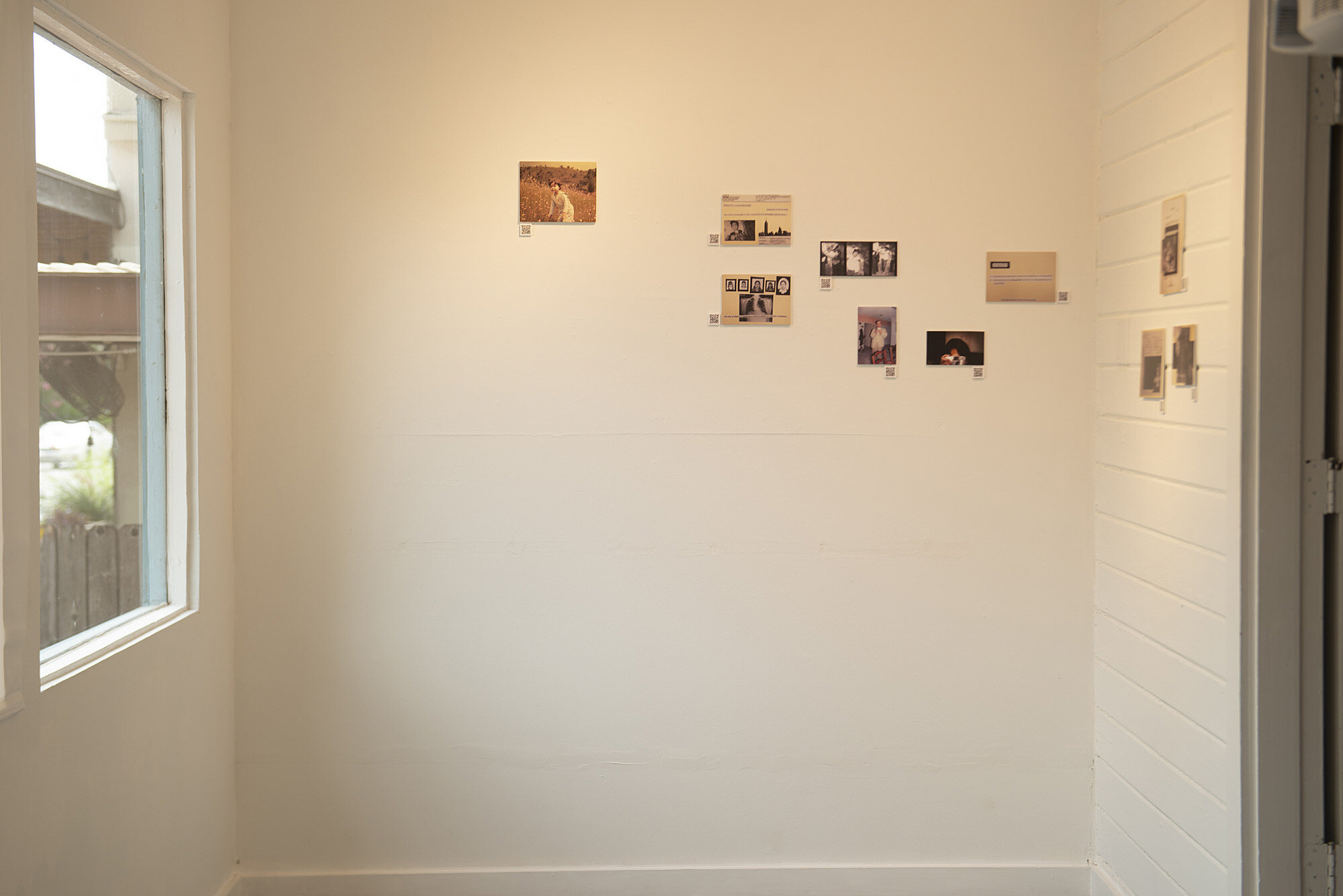
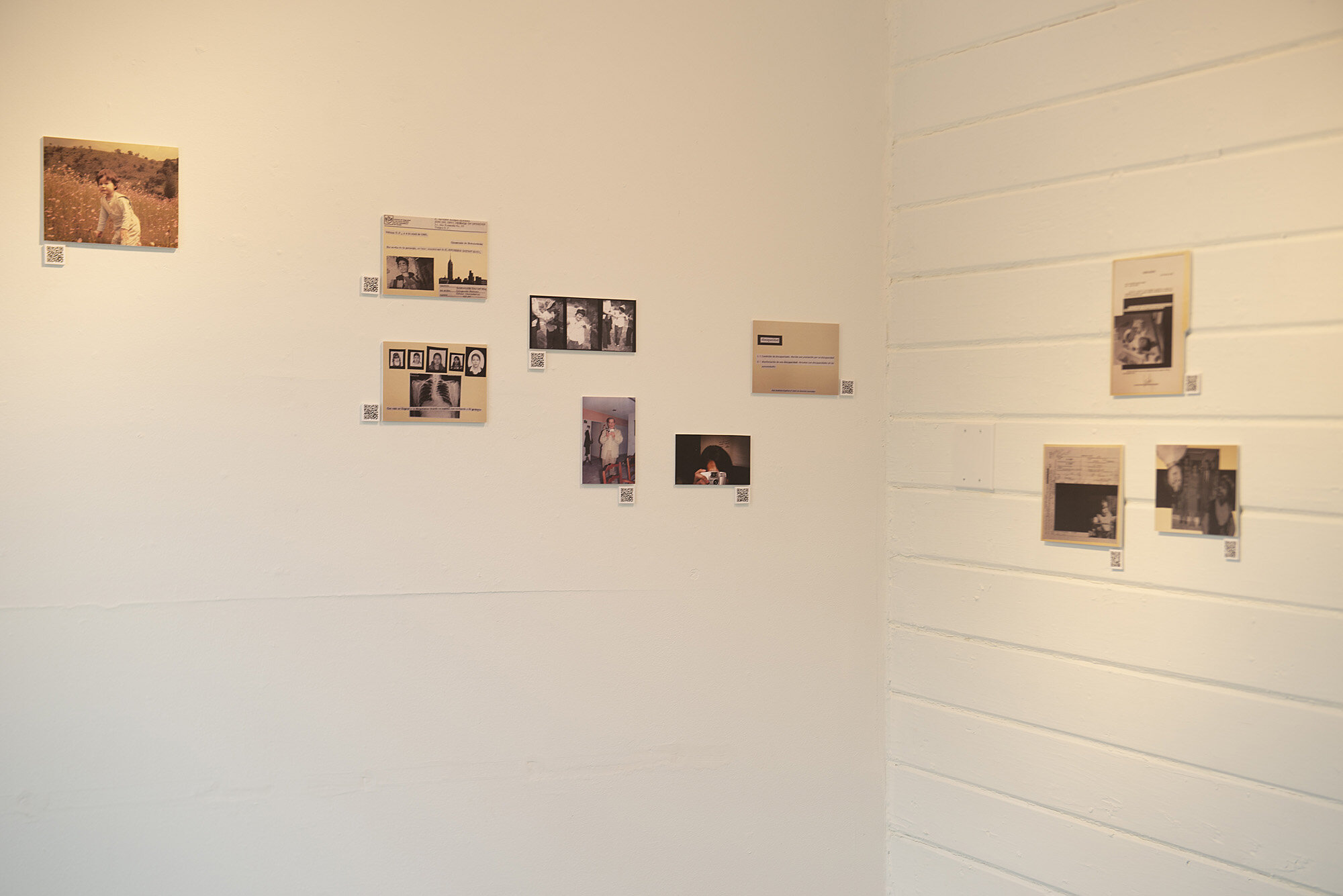
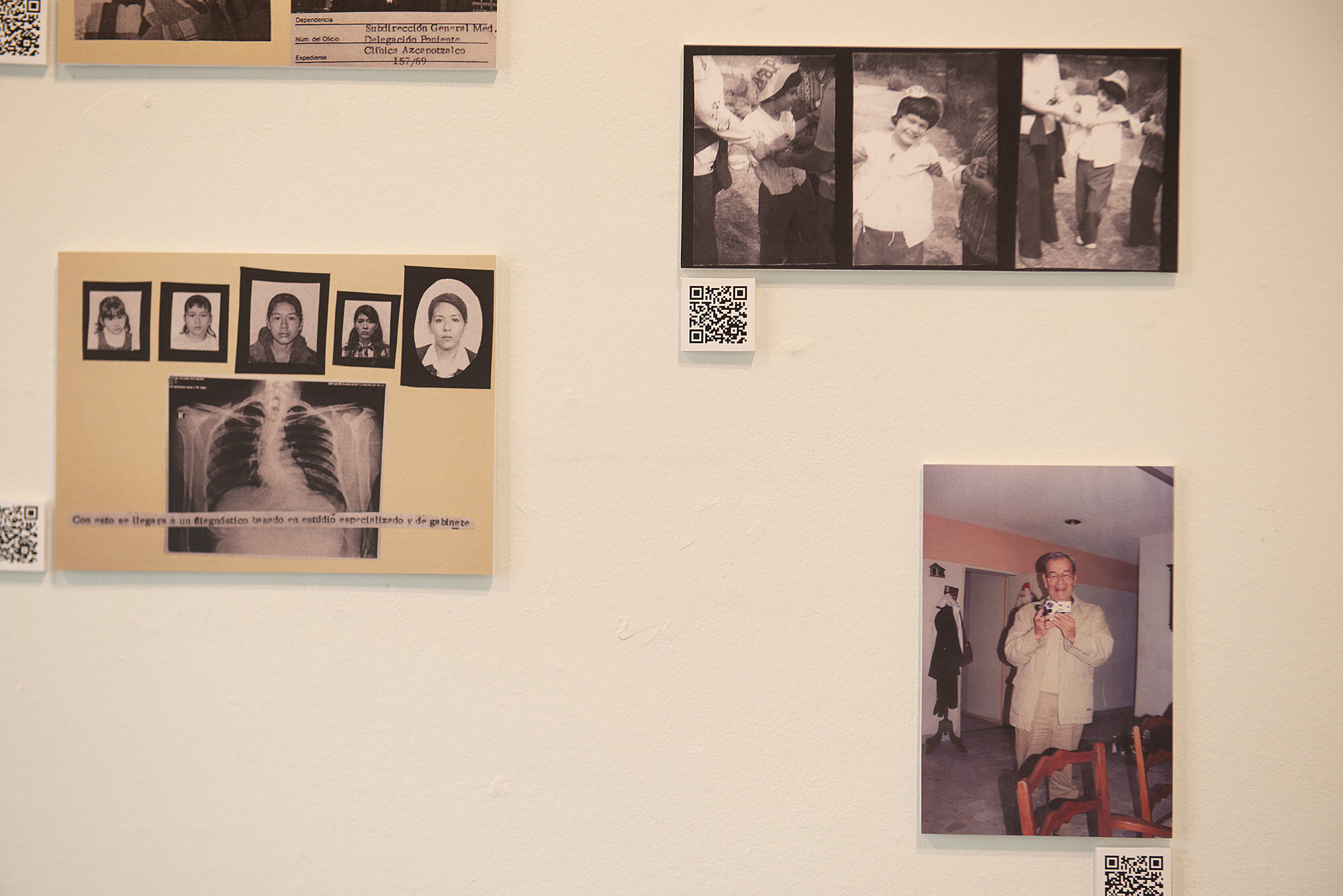
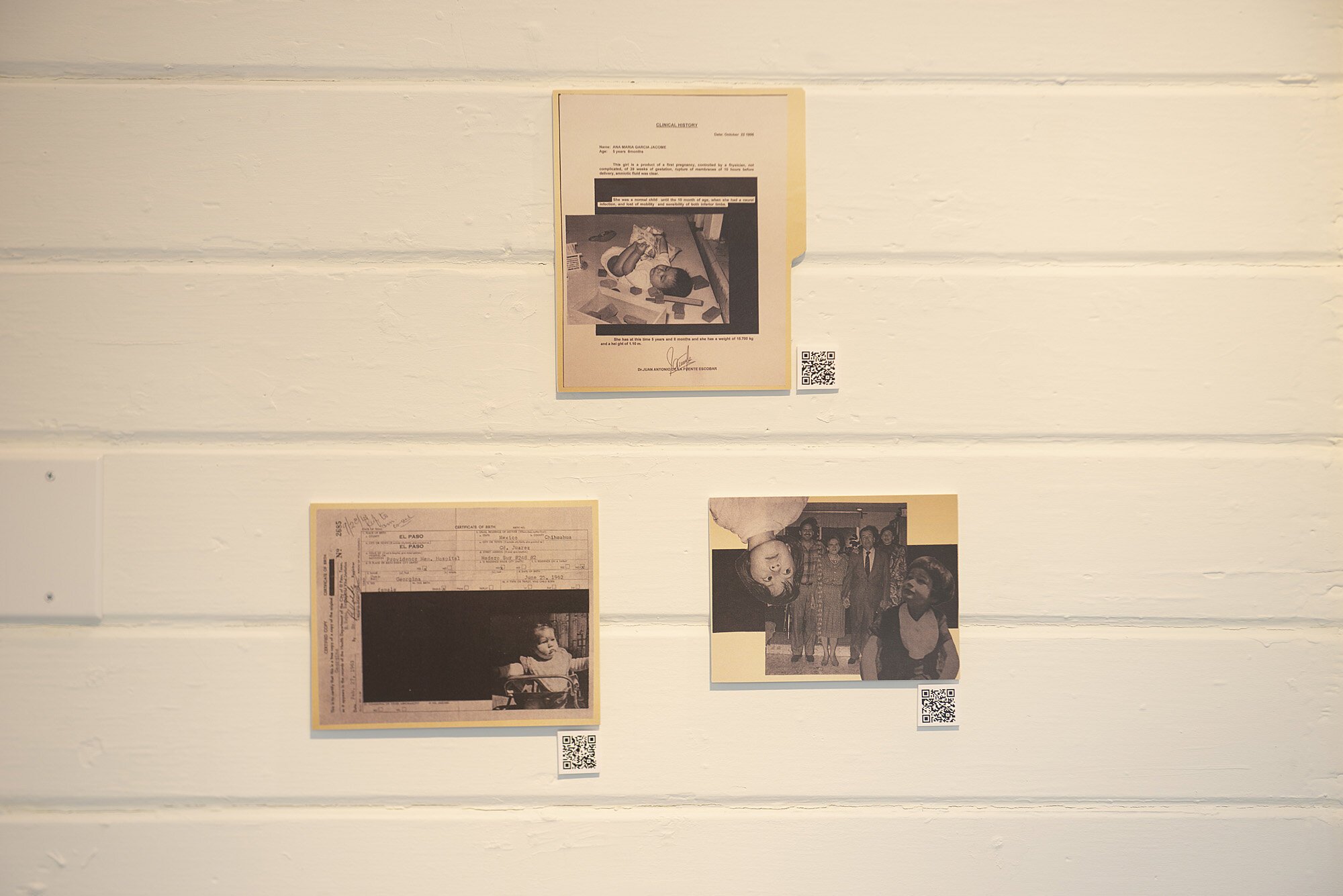
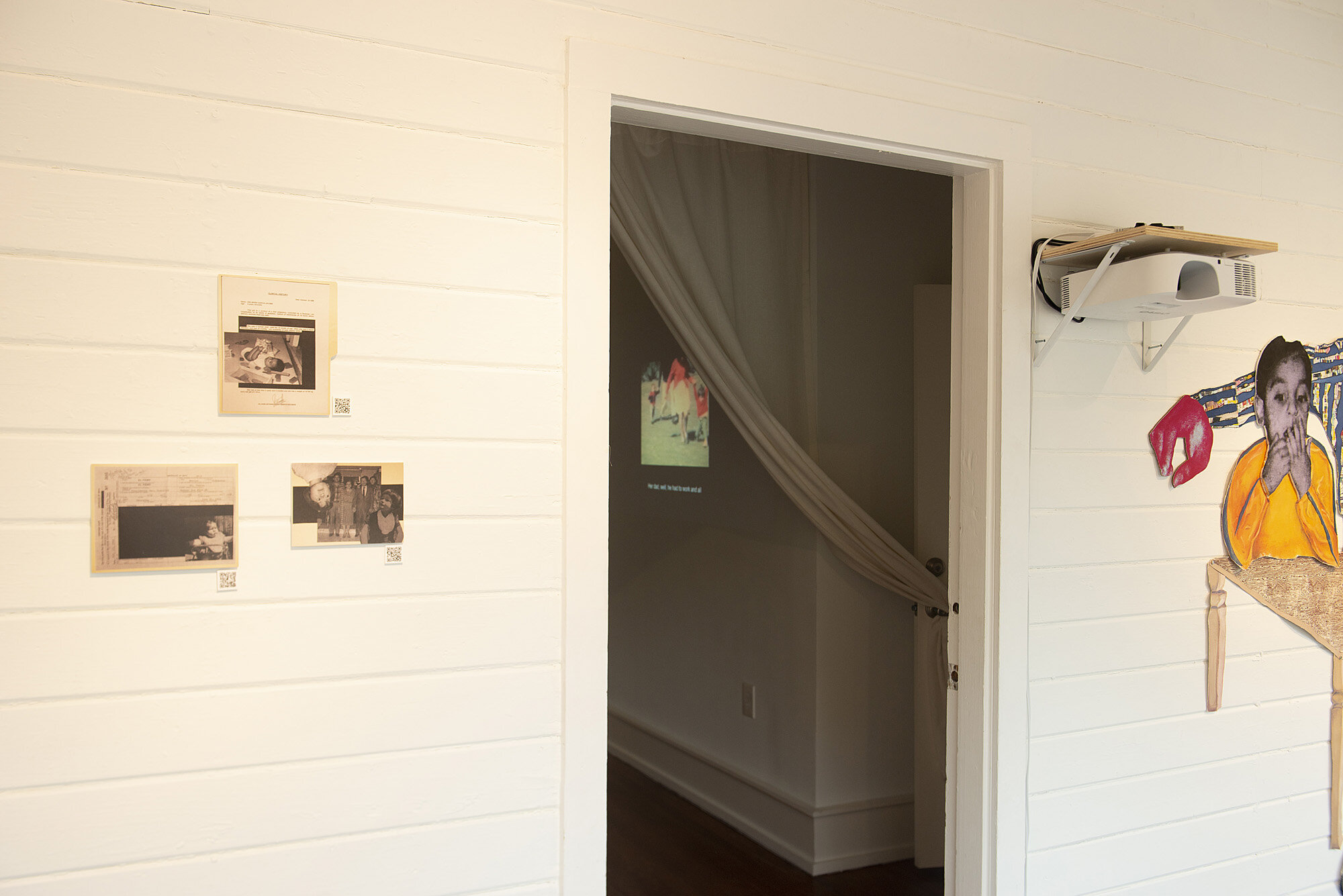
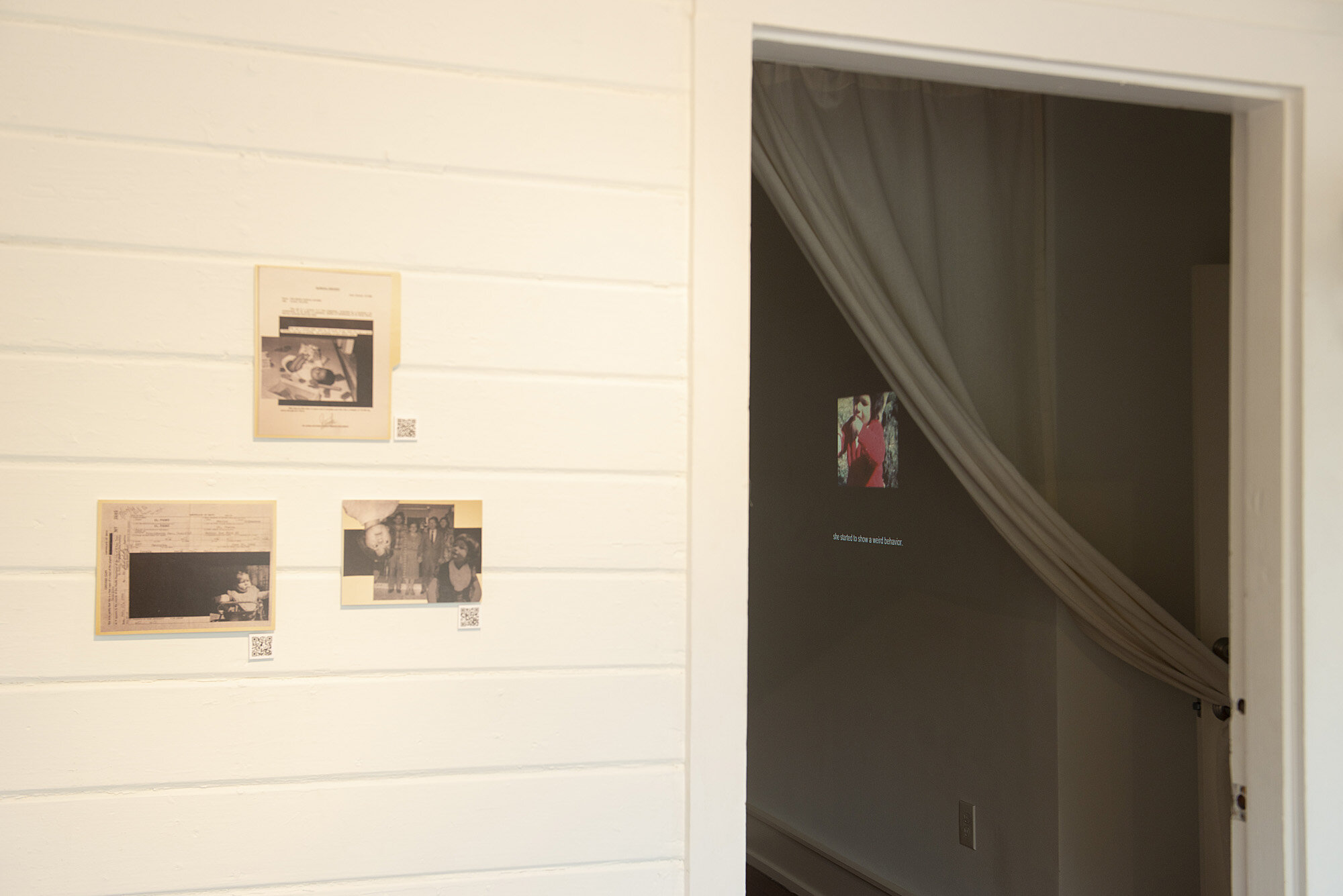

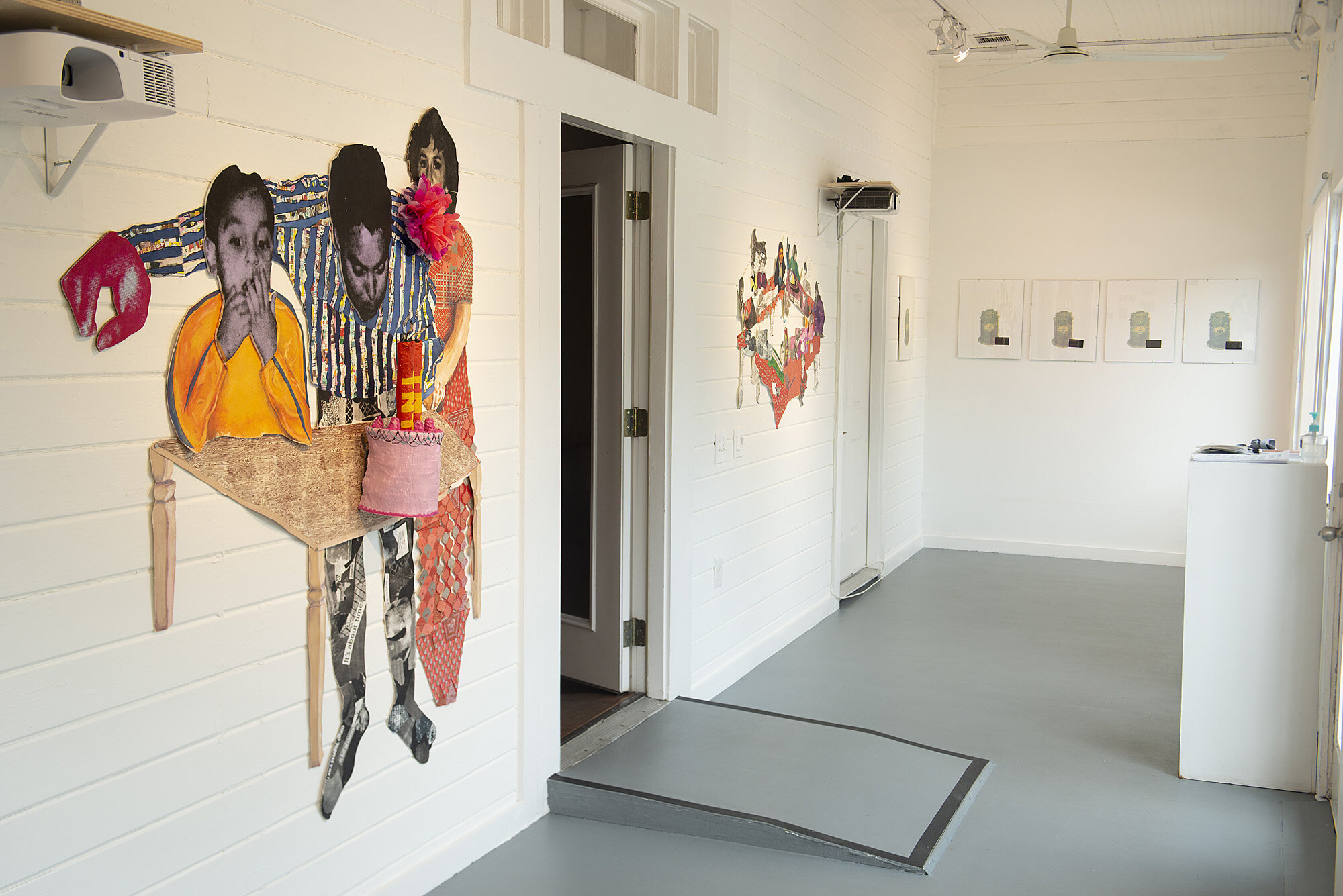
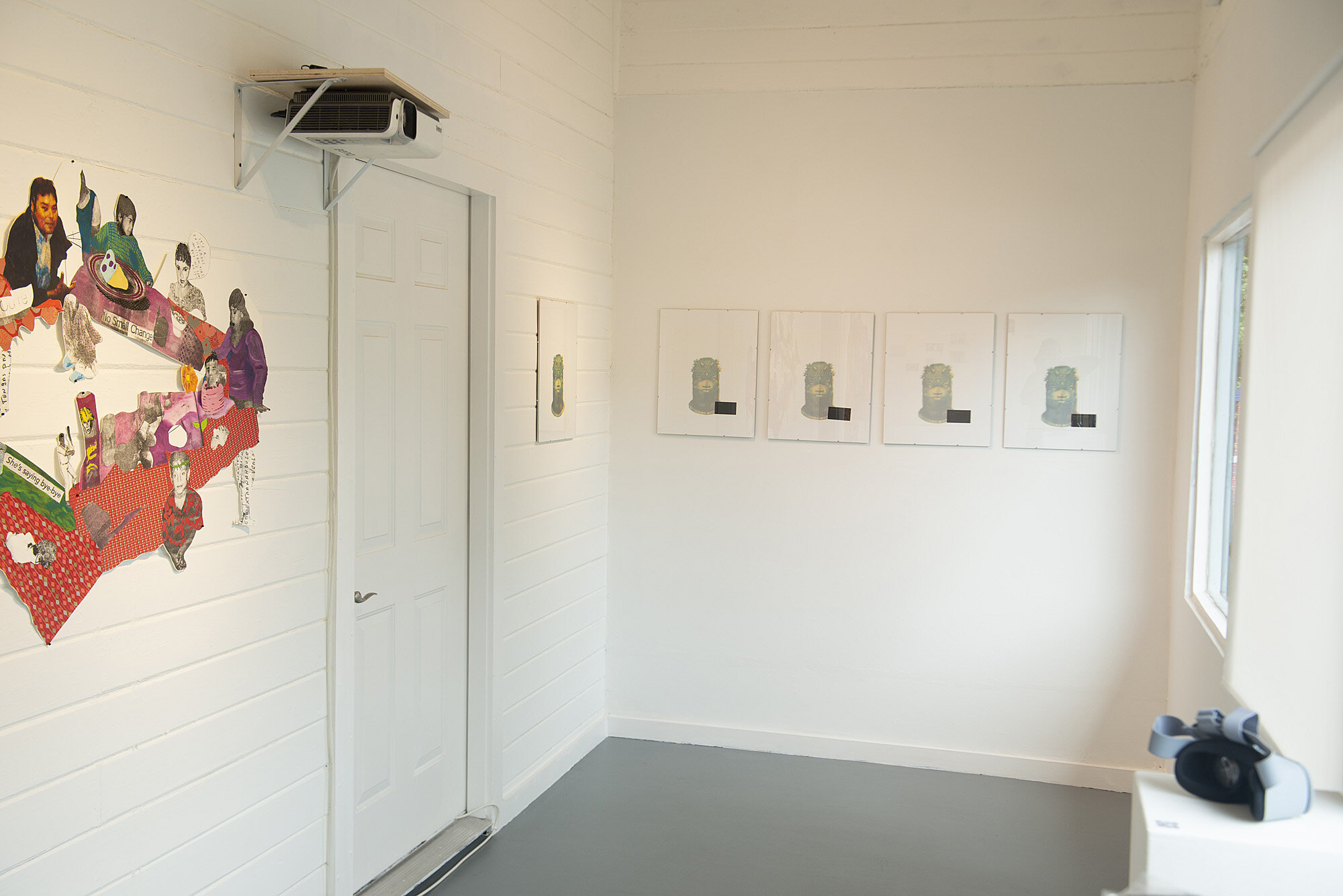



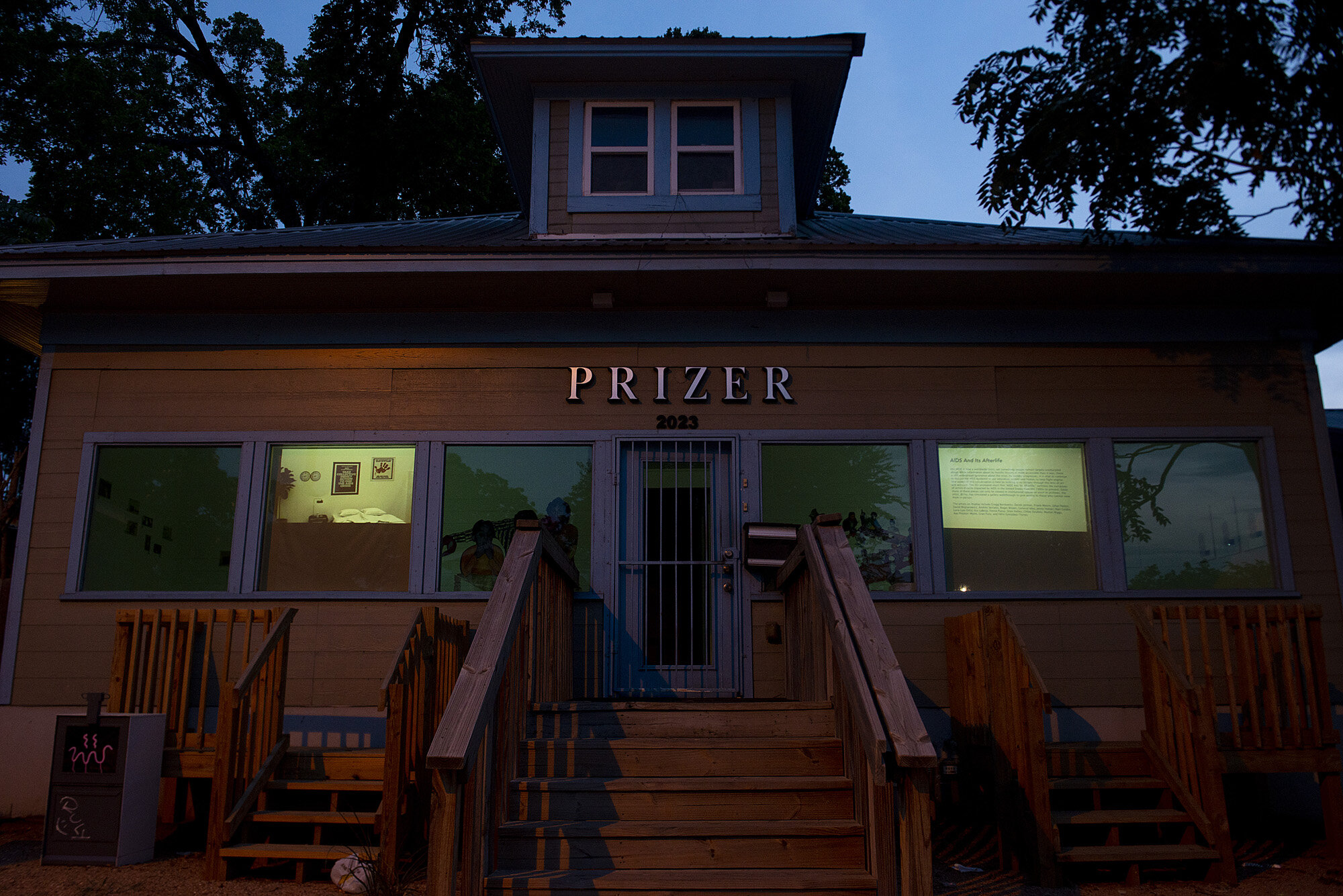
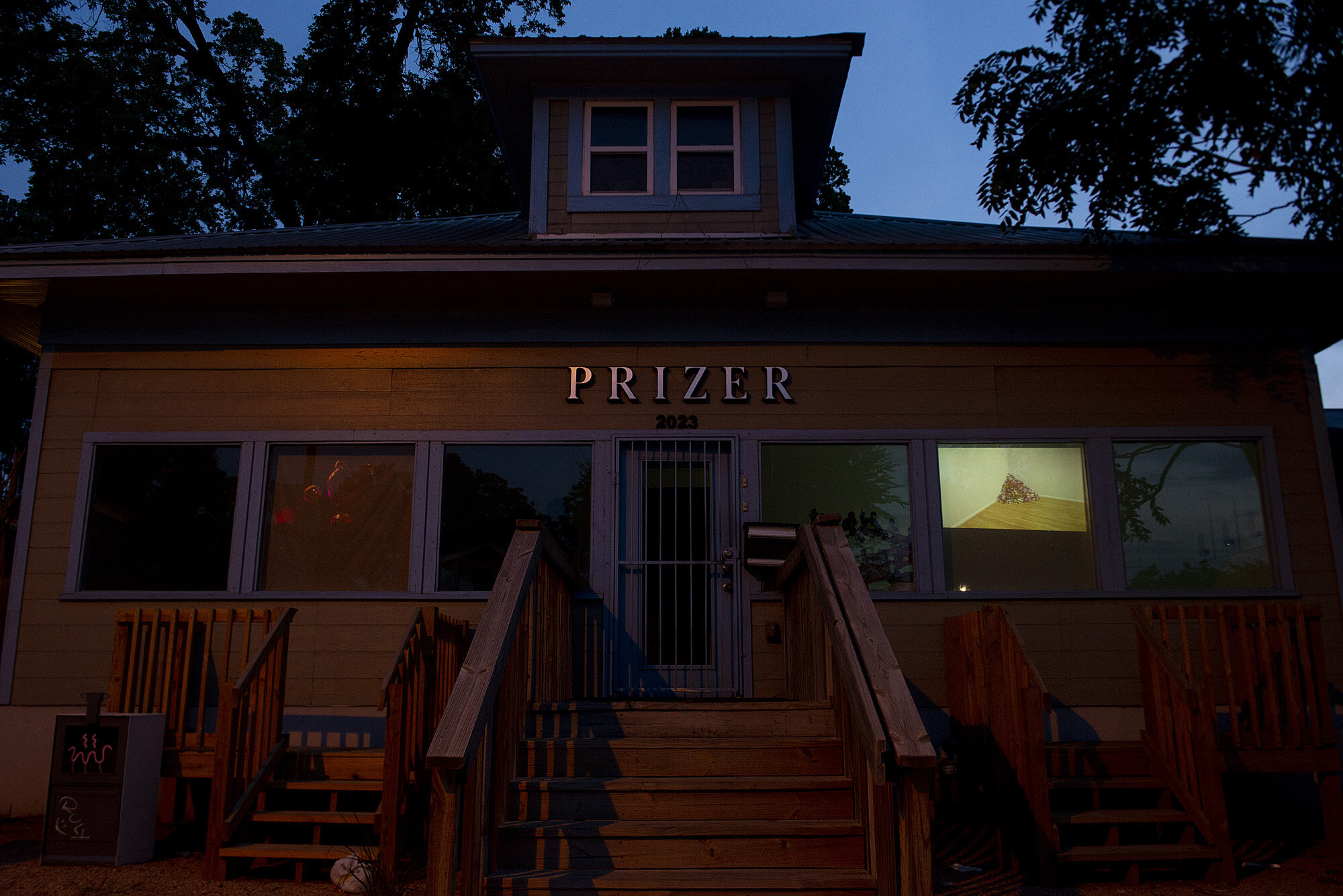
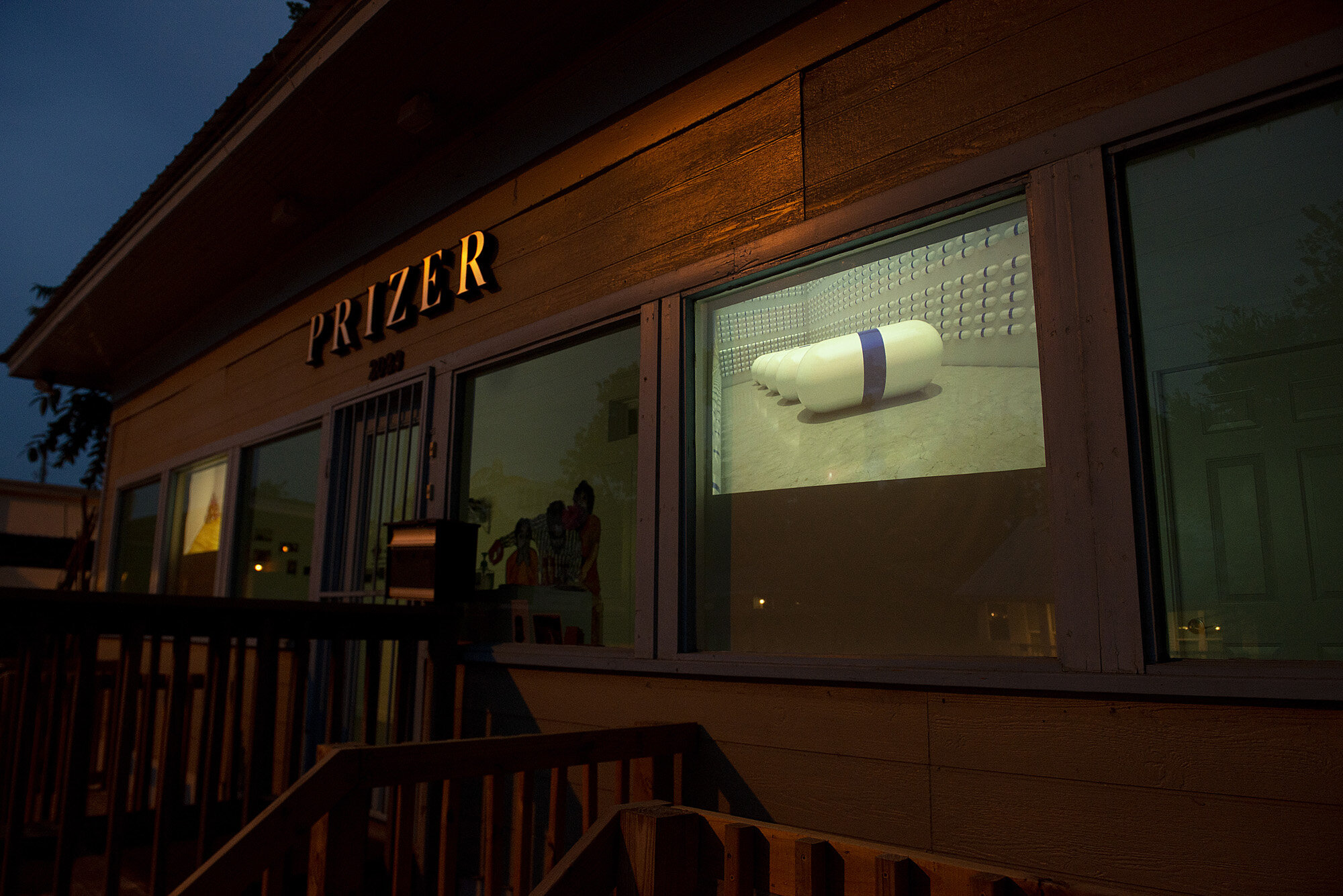
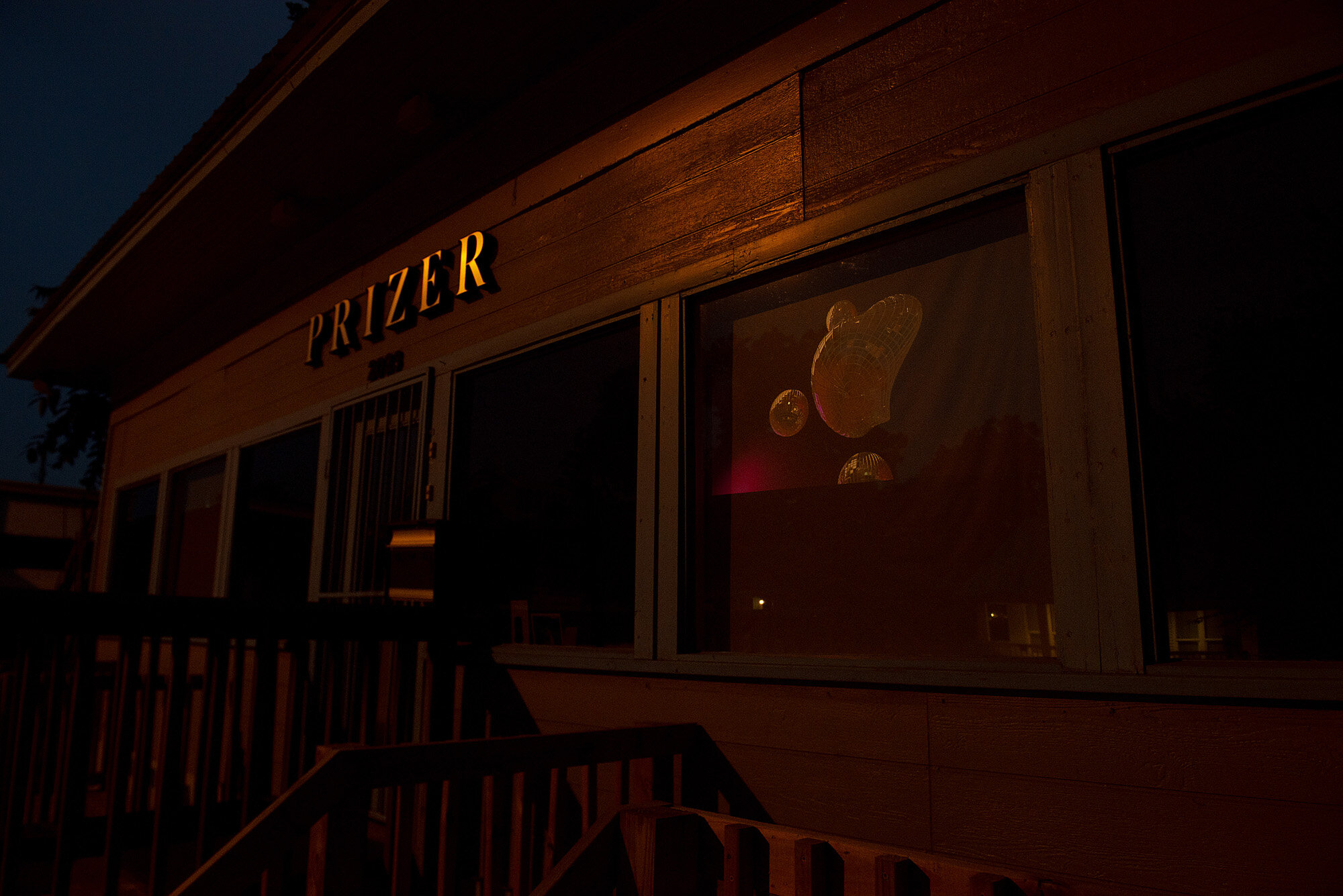
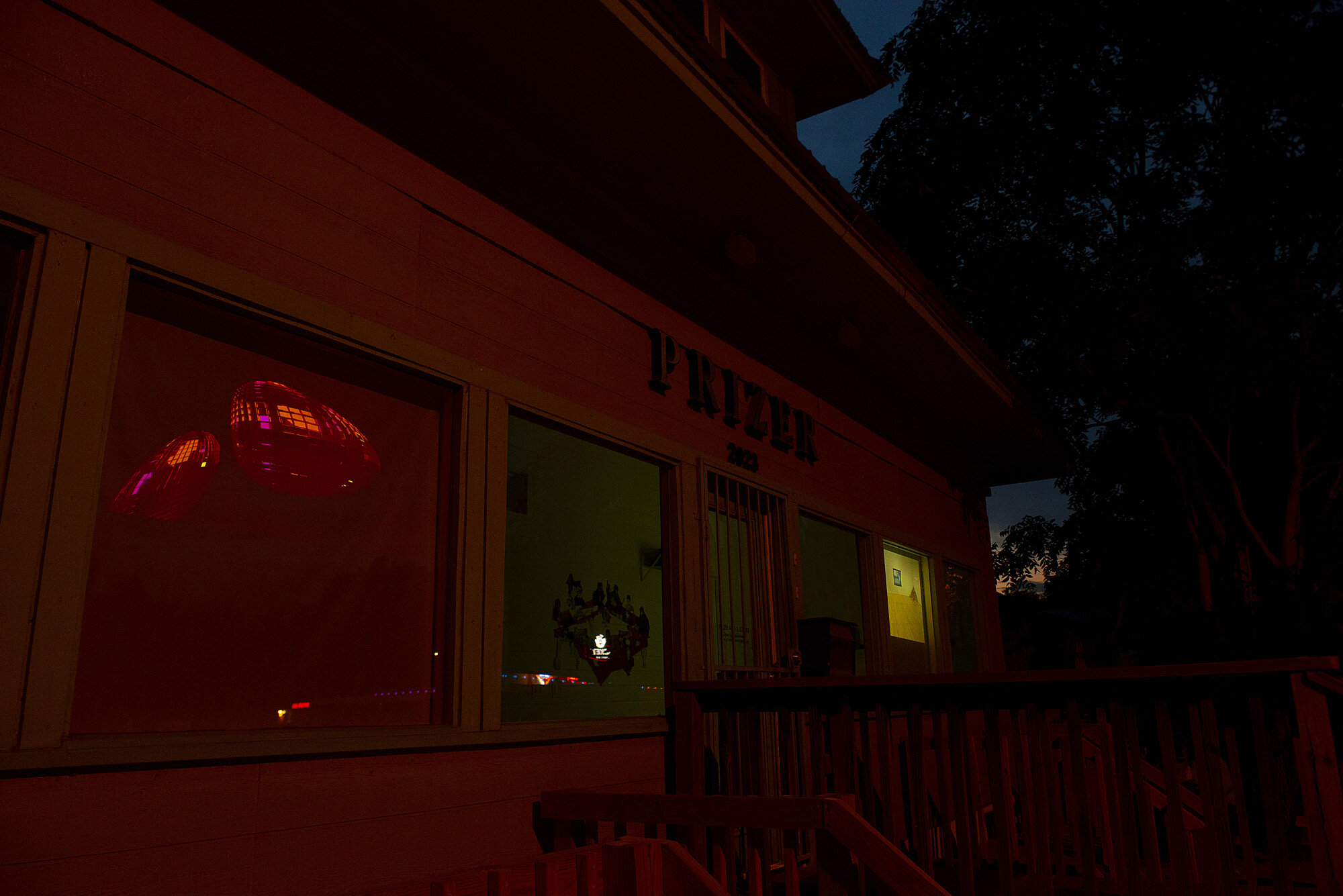

HAS BEEN
JB Fry, Ana García Jácome, Carlos Ortiz-Gallo, Unyimeabasi Udoh
July 2 - 31, 2021
Opening Reception: Friday, July 2, 2021; 4:00 to 9:00 pm
Open hours: Friday, Saturday, Sunday 12-5pm by appointment
Prizer Arts and Letters
2023 E Cesar Chavez St
Austin, TX 78702
HAS BEEN is a one-year-in-the-waiting group exhibition of new and pre-existing works by artist residents from Chicago's ACRE Projects, installed in a former single-family home. Founded in 2010, ACRE is a non-profit organization designed to support emerging artists as they develop, discuss, and present their artistic practices. This is the first Austin showing of works by all four artists.
Objects and images by Fry, García Jácome, Ortiz-Gallo, and Udoh spotlight both public and private archives of what-has-been that just aren't cutting it anymore. Each artist in their own way has responded to glaring lacks with human-scaled vulnerability, poignant variation, and loving homage.
Left: Marie Baldwin, "We Can't Live Together ... If We Live Apart,” 2017-2020, Polyester satin, cotton corduroy, thread, wood, 118 x 73.5 inches; Right: Allan J. Masterson, The Royal Sewers, 2020, Epoxy clay and enamel, 2 x 9 x 9.5 inches
BIG PART small whole
Marie Baldwin and Allan J. Masterson
February 7 - 29, 2020
Opening Reception: February 7th, 6-9pm
Open hours: Wednesday- Saturday, Noon-4pm and by appointment
Curator Lindsay Hutchens will be present on Saturdays
ACRE Projects
1345 W 19th Street
Chicago , IL 60608
These are objects that when seen, beg to be touched: a cropped image of two bodies power clashing in smooth satin and soft raised corduroy, evenly dispersed across four panels that hide the other side from immediate view; and an immaculately made anatomically sized heart which can be opened to reveal private intimacies of a bedroom. When the ten-foot tapestry stands beside the ten-inch playset, the spectrum of what represents human-scale can help us toggle through ways of reading desire and imagined memory within our own bodies as we look. “If texture and affect, touching and feeling seem to belong together, then, it is not because they share a particular delicacy of scale, such as would necessarily call for ‘close reading’ or ‘thick description.’ What they have in common is that at whatever scale they attend to, both are irreducibly phenomenological (Sedgwick, Eve Kosofsky. Introduction, Touching Feeling: Affect, Pedagogy, Performativity. Duke University Press, 2003. pg 21).”
Marie Baldwin’s research in and around pop culture has in Fantasia II (Live the Dream) brought her to visual source material from couple’s resorts in the Pocono Mountains of eastern Pennsylvania. Reaching heights in popularity after World War II, and surely playing a role in the baby boom that followed, couple’s resorts and their accompanying advertisements promised romantic getaways replete with leisure activity and a rekindling of amorous flames. Baldwin’s attention has specifically landed on advertisements from the late 1980’s and 90’s, at a time when the resorts could use some rekindling of their own. Through tight cropping and a mingling of disparate textiles, she brings a hyper-sensualization to her imagery that she offers through two different points of viewing - one more public, and one more private. The first, more public, view presents a suggested scene in the tradition of narrative folding screens. This screen however can be circumnavigated, with the reverse side giving the viewer an opportunity to consider a haptic legibility of this object, and its connection between the bodies imaged and the artist’s body which built their representation.
Allan J. Masterson’s micro-playsets reimagined from his Midwest childhood are similarly experienced as as either open or closed. In the United States in the 1990’s, little girls played house with Polly Pocket, and little boys became hot rod aficionados care of Micro Machines hawked by "Motormouth" John Moschitta. Masterson’s sculptures in response address the young children for whom Polly and John did not apply, and matured into adulthood having to figure out on their own what their playthings and ambitions would be. When the chambers and valves of The Royal Sewers are cracked open, the playthings exposed are to be enjoyed by and soothe both the young child and the adult they grew up to be. In this way, Masterson’s reparative toy-making follows in the footsteps of Ann Cvetkovich’s and Eve Sedgwick’s reparative reading, which “is affectively driven, motivated by pleasure and curiosity, and directed toward the textures and tastes, the sensuous feel, of one’s objects of study (Cvetkovich, Ann. “Public Feelings.” Duke University Press, South Atlantic Quarterly, Volume 106, Issue 3, Summer 2007. pg 462-3).” Playing with the notions of mass production, access, representation in popular culture, and the art market, Masterson also presents each of these micro-playsets in posters advertising their collection and sale.
Whether through objects which can physically engulf the viewer, or fit into the palm of their hand, each artist in their own way touch on belonging - a part of a whole, and a whole made of many parts. The social nature of humanity promises an ongoing desire to be intimate, whether that be romantically, or platonically within a group where one feels seen and understood. Works by Marie Baldwin and Allan J. Masterson invite viewers to come a little closer, because they want to let you in.
